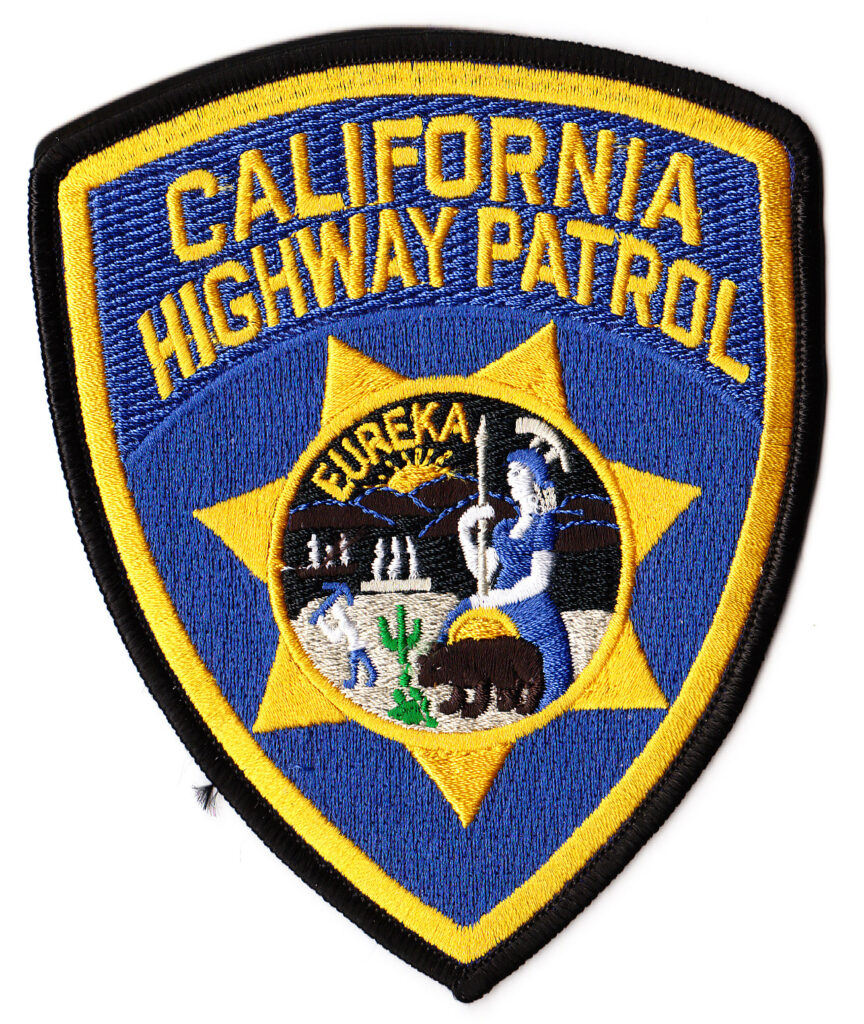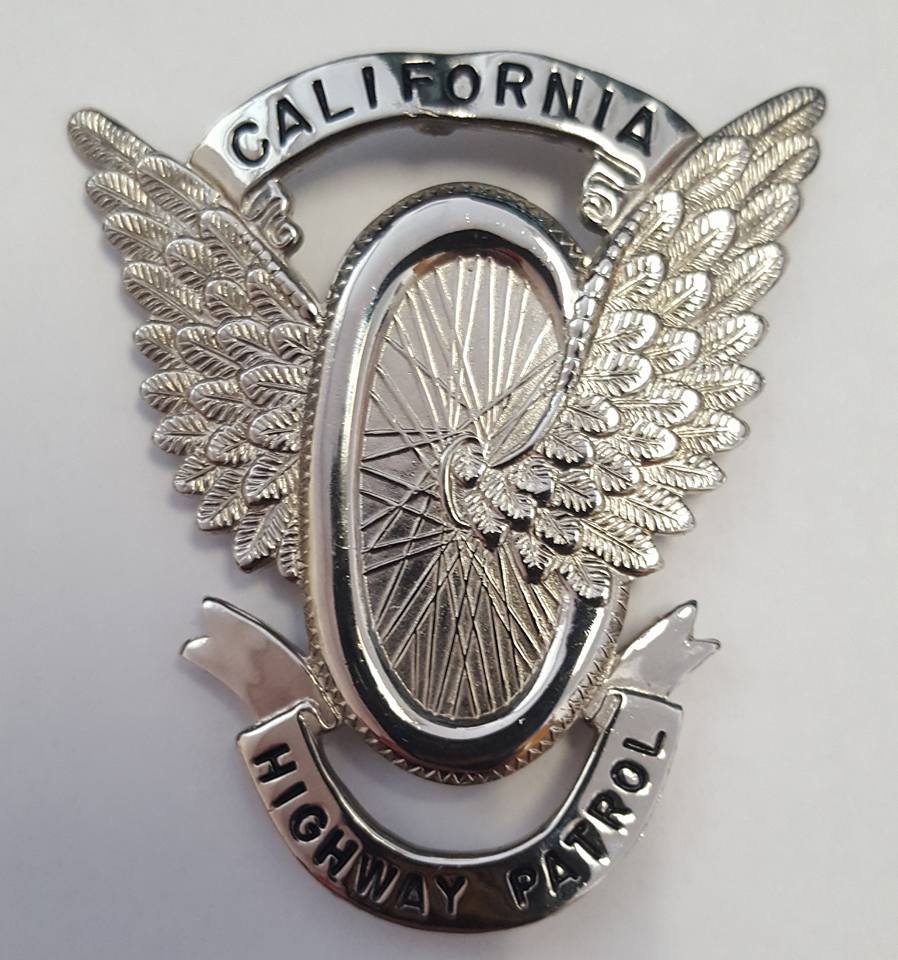
The History of the California Highway Patrol Shoulder Patch
The CHP’s shoulder patch was adopted in 1948 following legislation that elevated the CHP to full departmental status. The patch’s blue and gold colors are the official state colors. Centered in the blue field is the CHP’s seven-point badge, each point representing a trait of a professional law enforcement officer: Character, Integrity, Knowledge, Judgment, Honor, Loyalty, and Courtesy.
Superimposed on the badge is the official Great Seal of California. Keeping watch over the tableau is the armed figure of Minerva, Roman goddess of arts and science, who is wise in peace and war. According to mythology, Minerva was born full grown, springing from brain of Jupiter, father of the Gods. California, one of the few states granted statehood without the usual probationary period as a territory, was similarly born “full grown.”
The California grizzly bear stands at Minerva’s feet. The bear is a symbol of strength and independence. Grape leaves represent agricultural production; the miner, industry; the San Francisco Bay, commerce. The Sierra Nevada, together with the desert cactus, depicts geographical diversity. The official state motto, “Eureka” (I have found it), over-arches the entire scene.
Elvis on a CHP Motor
Saw this picture of Elvis in the Guiness Book of World Records in the early 1970’s with a reference to how many records Elvis has sold. I mentioned it to my former FTO and he said I might want to talk to a certain Traffic Officer about the picture. On my first attempt to talk to said Traffic Officer I caught hell and was informed that the phone we were talking on recorded all calls. Sometime later I had a face to face with said Officer and he related the following:
He was a car officer working the Sunset Strip in Los Angeles and observed a car parked on the street with a large crowd around it. He stopped and observed an occupant in the parked car and approached him. It was Elvis and he explained that his car broke down and he was very uncomfortable with the crowd and would not exit his vehicle. The Officer escorted Elvis to his patrol car and called a tow truck for Elvis’ vehicle. After the vehicle was towed the officer drove Elvis to his Los Angeles Estate.
Elvis was enormously grateful and wanted to give the officer a reward for rescuing him, but the officer refused. Ultimately Elvis went to the Officer’s office and presented his Captain with a generous check for the Widows and Orphans Fund with the stimulation that the donation would remain anonymous.
At some point after the Elvis rescue the Officer now a Motor Officer was issued a new CHP Harley Davidson. Knowing Elvis fondness for Harley’s he rode to Elvis’ Estate to show off his new ride. Elvis climbed on and someone at his estate snapped the picture
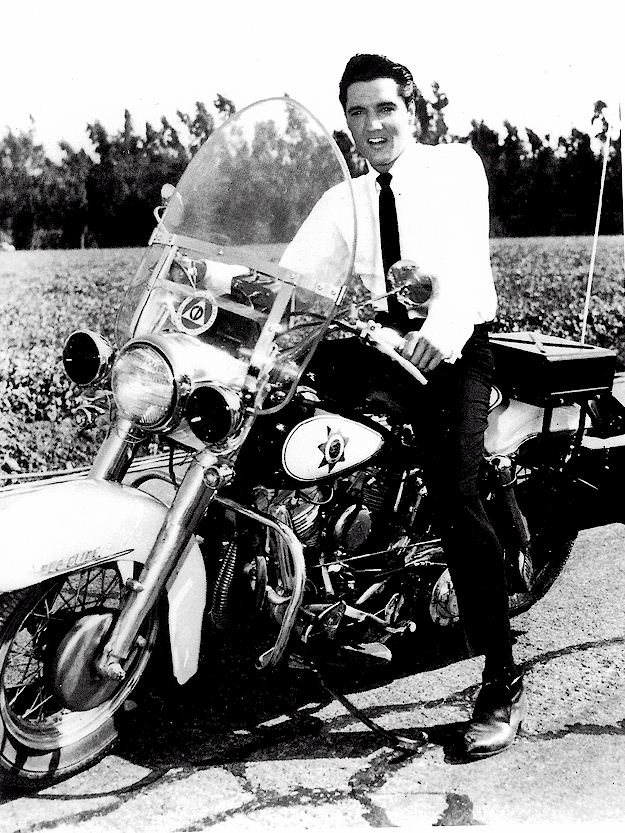
The California Highway Patrol was established in 1929. The department was mostly motorcycles. Most were pulled from Los Angles County.

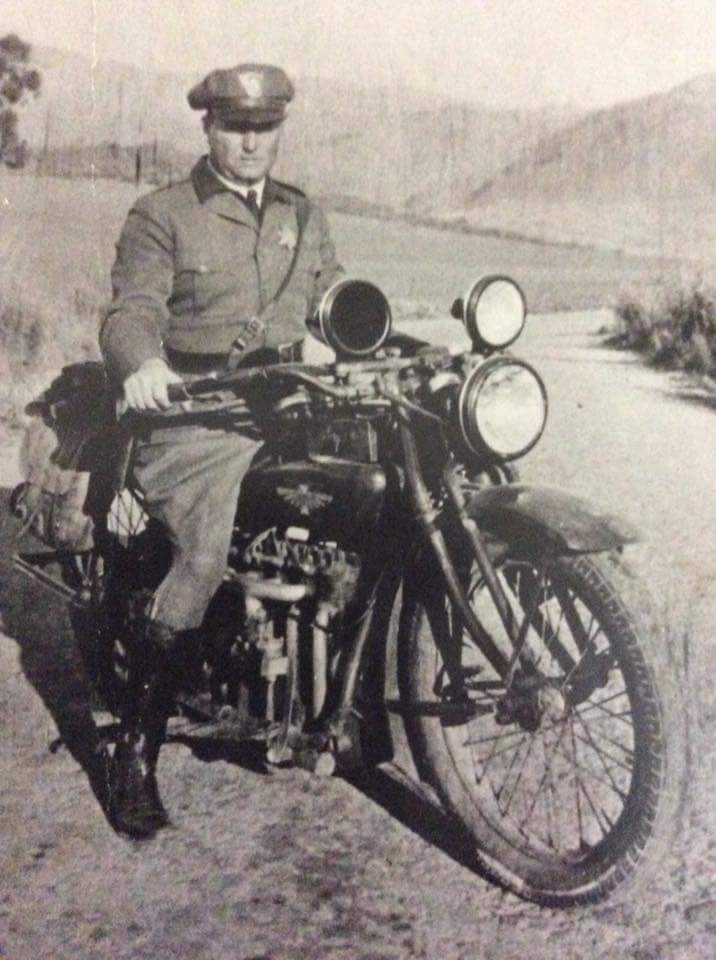
“The Spirit of Heroism”
An oration delivered by John Nichols at the unveiling of Eric J. Richards’ monumental sculpture “The Warning” on March 16, 2003 at Railroad Plaza. The Rotary Club of Santa Paula made a major contribution to the project. Many survivors of the St. Francis Dam Disaster were in the audience with their friends and families.
Many people here are alive today because of heroic acts performed before dawn on March 13, 1928 and in the days after. Many here today survived and went on to have children and grandchildren. Entire family lines could have been snuffed out that night without the acts of heroism that we honor here today.
For the past few years many of us here in Santa Paula have been thinking over the concept of heroism. In 1998 for the 70th anniversary of the St. Francis Dam Disaster Mike Nelson came up with the title for our exhibit at the City of Santa Paula’s California Oil Museum. It was “Heroes and Survivors”. That title guided the direction of the exhibit. We chose to honor the memory of the victims by telling the stories of the living. As the idea for the subject of the monumental sculpture took shape we followed that same path.
What has emerged out of the history of the death and destruction caused by the flood are many true stories of heroic acts performed by ordinary citizens. The stories are coming forth in books and newspaper articles, in museum exhibits and video documentaries, in radio and television interviews and in monuments like the one we are unveiling today.
The stories swirl around and it is impossible to put them in any order of importance. There was a night telephone operator named Louise Gipe who was working the switchboard when she got warning of impending disaster. She knew that the wall of water was as high as a 10-story building when it left the dam. She had no way of knowing that she would not be buried in the flood when it came through Santa Paula. She only knew that her neighbors must be warned. Other “Hello Girls” stayed at their post in Saticoy.
Louise called motorcycle officer Thornton Edwards who jumped on his Indian-4 and rode to the lowland territories. That was the area that the floodwaters would soon be sweeping over. Many others joined in the efforts to warn their fellow citizens that night. Stanley Baker was riding his Harley Davidson through the streets at most risk. Thornton Edwards made the timesaving and life-saving decision to go to every third house and told the occupants to warn their immediate neighbors. Then he went to the fifth house and repeated the process until the block was covered.
Others who spread the warning at the risk of their lives were Eddie Hearne, Lee Sheppard, John Messer and Sam Primmer. Private citizens were also risking their lives to help save their neighbors and spread the warning.
Dealing with the aftermath of the flood took heroic efforts on the part of the community. The dead had to be found and properly buried. The survivors had to be rescued and fed and clothed and housed. Homes and businesses and ranches and schools had to be slowly rebuilt.
Because there was such a great outpouring of acts of heroism that night no single monument could contain a representation of each act. One act was chosen to represent all acts of heroism. “The Warning” represents one act of heroism to symbolically represent all acts of heroism. That is one of the reasons that the names of the heroes have been intentionally left off of the monument.
When I think about a monument to the Spirit of Heroism I feel sad for the death and destruction that the flood caused. I also feel uplifted by the knowledge that within human beings there is a spirit of heroism dimly flickering just waiting for a situation to ignite it. When a situation presents itself the spirit of heroism bursts into flame and lives are saved.
When all is done the hero goes back to being a normal, average human being. I’ve never been called upon to perform a heroic act. I don’t know what I will do if a situation ever presents itself. I don’t think I’ll have any control over my actions. I could run away from the danger or I could become a hero. I’ll be thinking about that for the rest of my life as I drive by the sculpture.
As a piece of public art “The Warning” will join the series of murals that have been painted around Santa Paula. Collectively they show the world that the priorities of Santa Paula are our history and heritage and our respect for the past. We also respect the people who tell us the stories of our past. We respect age. This gathering today is about art and sculpture and motorcycles and floods and trains but it is also about listening to the stories that age can tell us.
While the rest of the world seems to worship youth and all things new and shiny Santa Paula can show that there are more enduring values. Values like respect for age and honoring the past.
Values like heroism and survival and rebuilding and renewing.
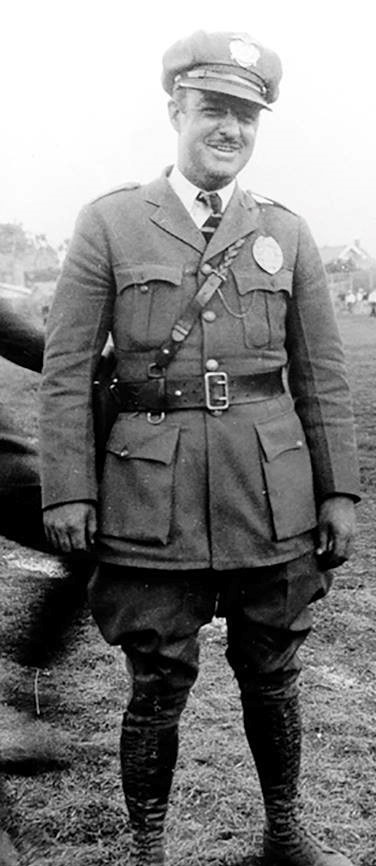
Thornton Edwards (born July 15, 1894, in Maine) came to Hollywood and appeared in about two dozen short features from 1916 to 1921 before leaving the business to become a motor officer in the San Fernando Valley. He ended up in Santa Paula where he joined the police department in the mid-1920s and then became a state motor patrolman (precursor to the California Highway Patrol, which formed in 1929).
Far away in Saugus, at three minutes before midnight March 12, 1928, the St. Francis Dam collapsed, sending a wall of water down San Francisquito Canyon. The floodwaters hit the Santa Clara River and turned west, taking aim at the little towns that stood along the route to the Pacific Ocean — including Santa Paula.
At 1:30 a.m. on the 13th, a Pacific Long Distance telephone operator called Santa Paula’s night operator, Louise Gipe, and warned her of the coming flood. Gipe alerted Thornton Edwards, who hopped on his Indian motorbike and rode door to door, telling residents to get to higher ground. Actually he made double time by riding to every other door, telling people to warn their next-door neighbors.
The floodwaters hit Santa Paula at 3 a.m. Many more people might have perished if not for Thornton Edwards’ wild ride.
(Photo provided by the JohnNicholsGallery.com)
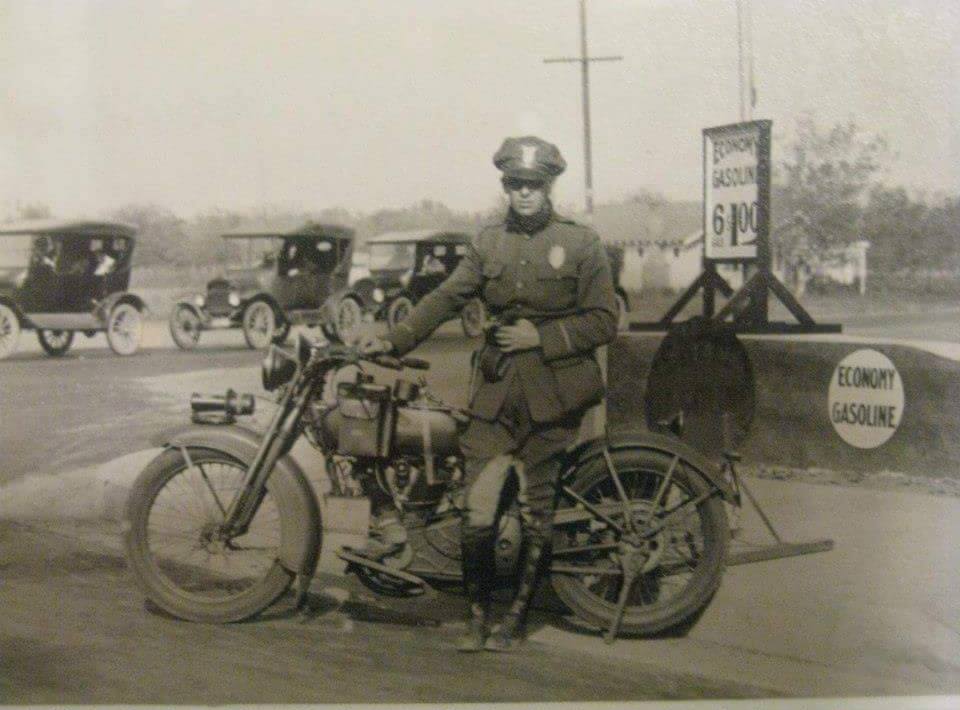


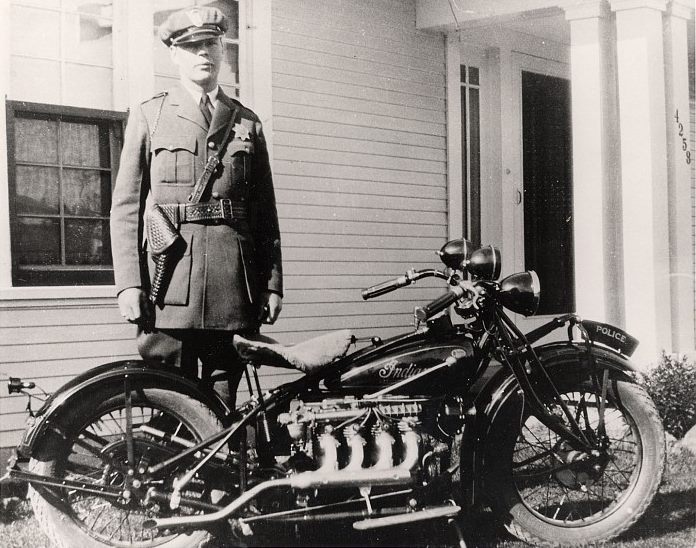
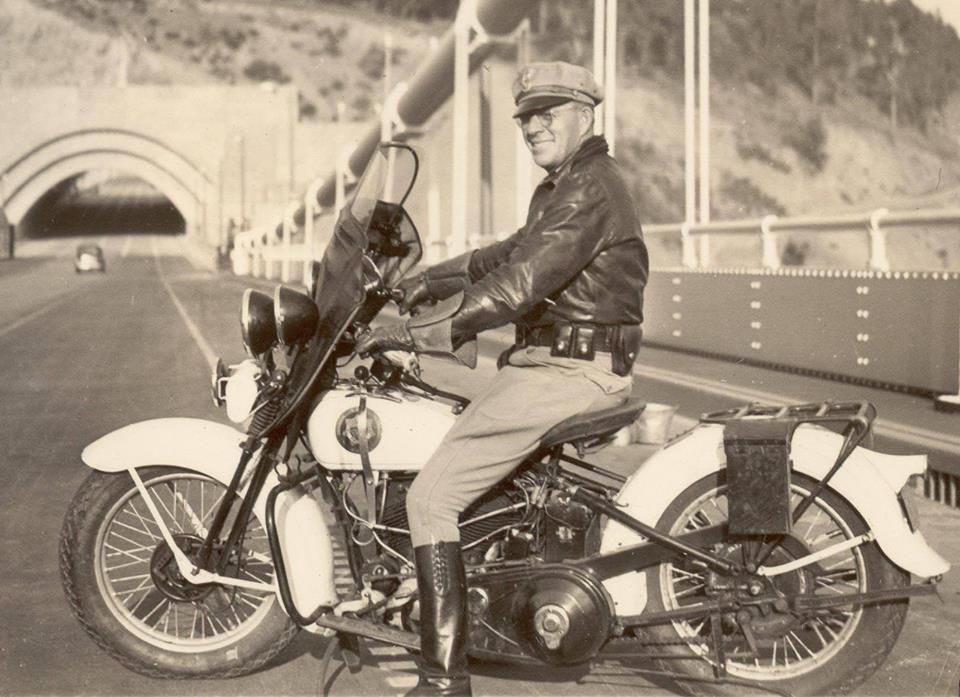
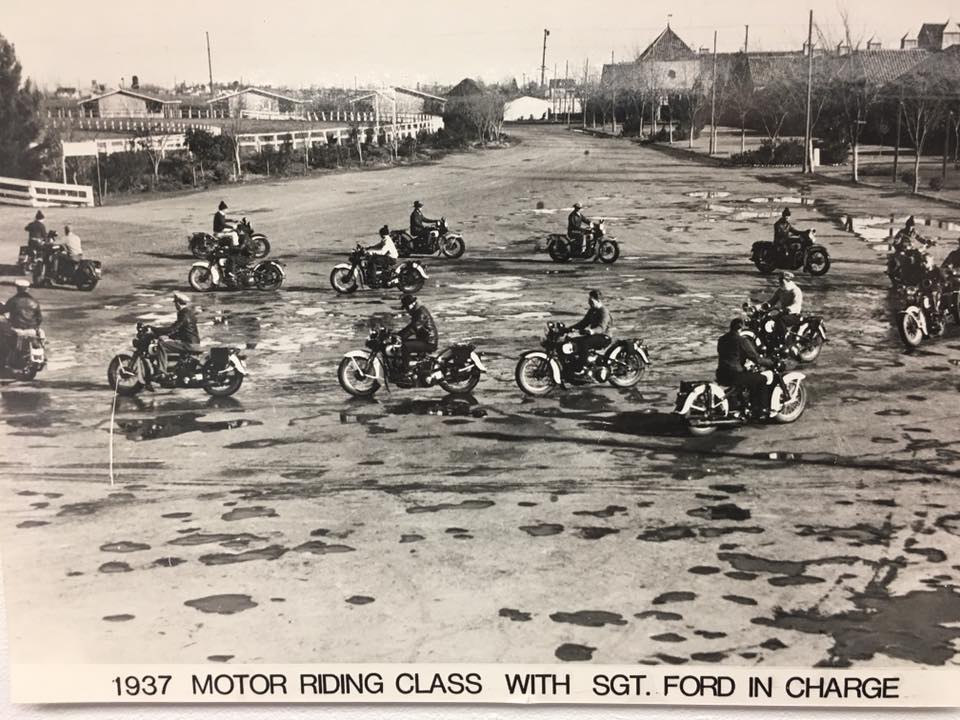
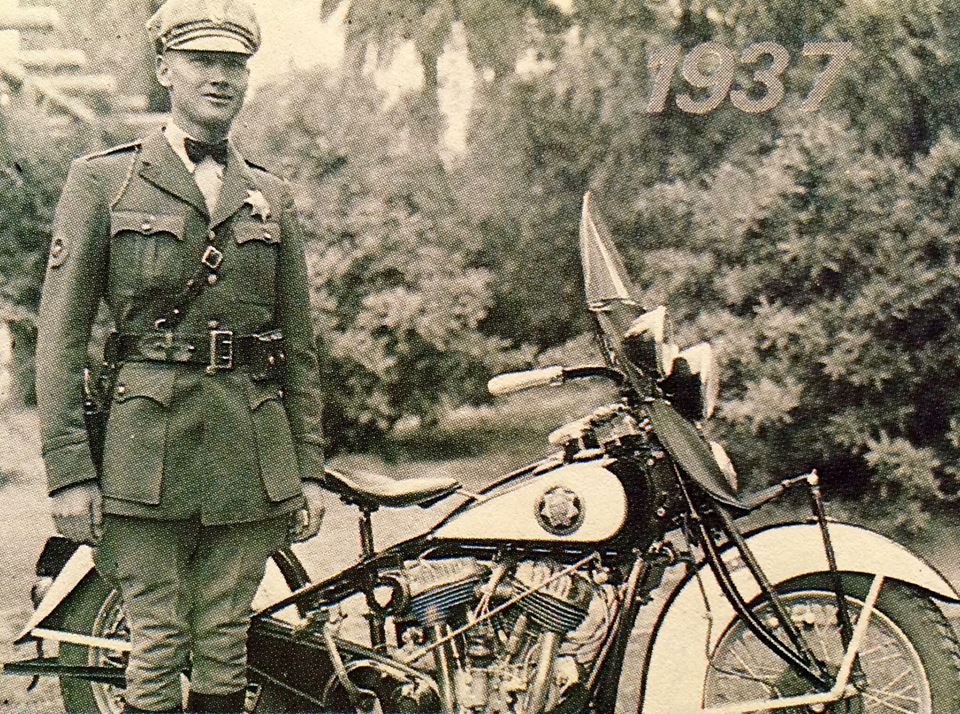

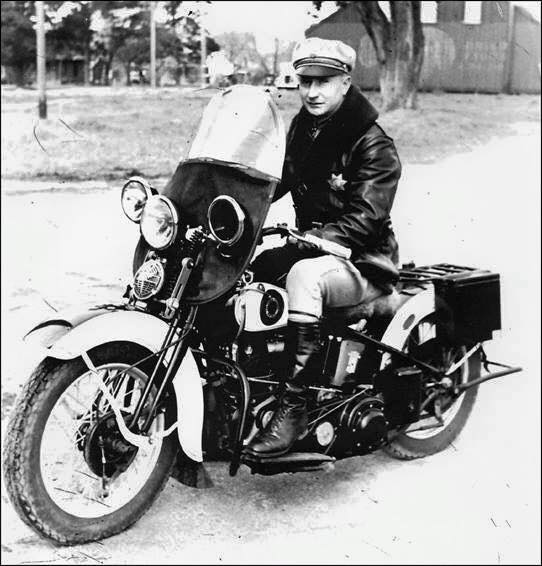
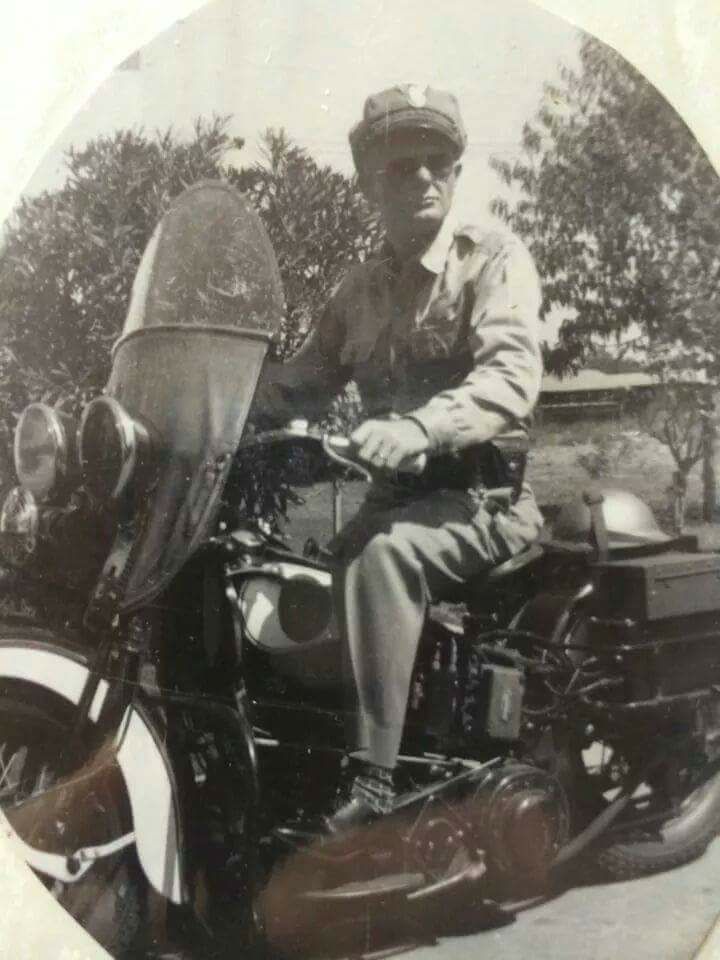
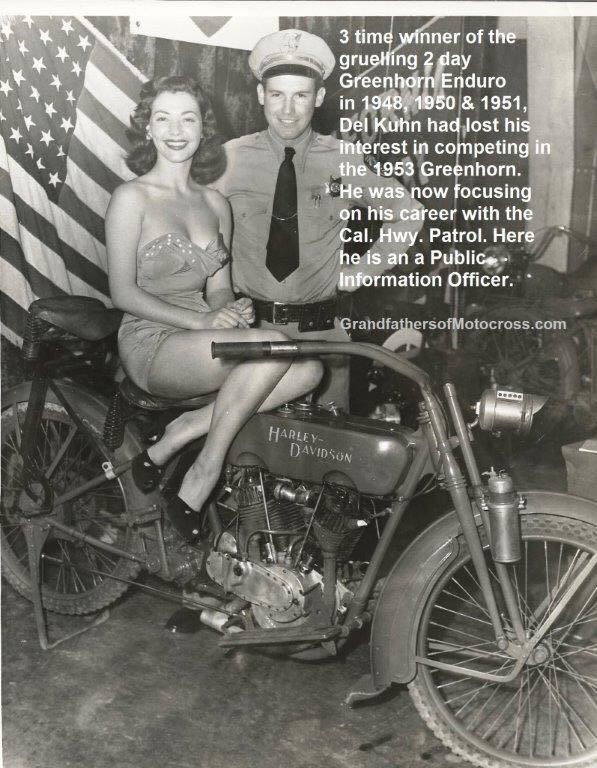
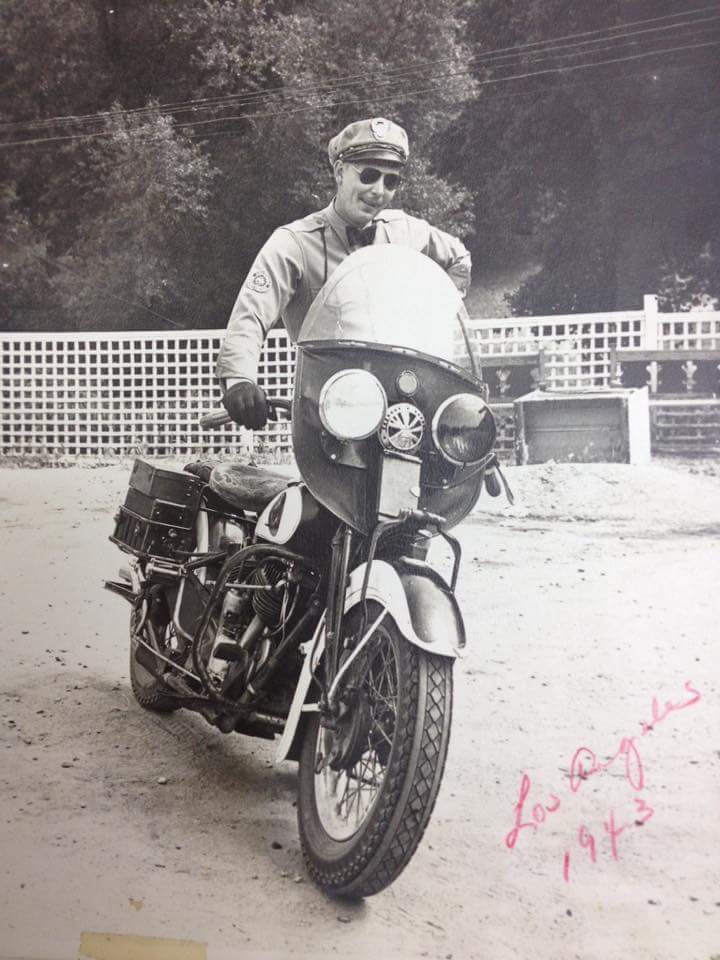
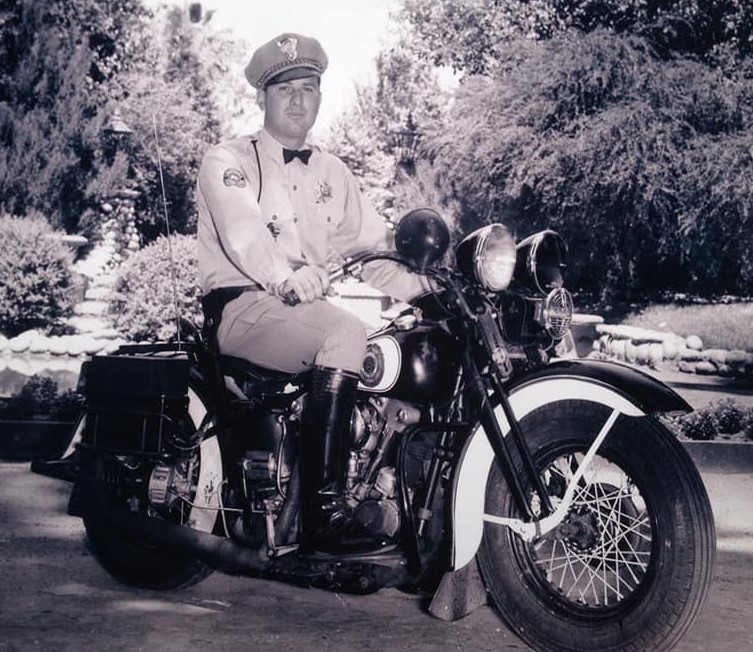

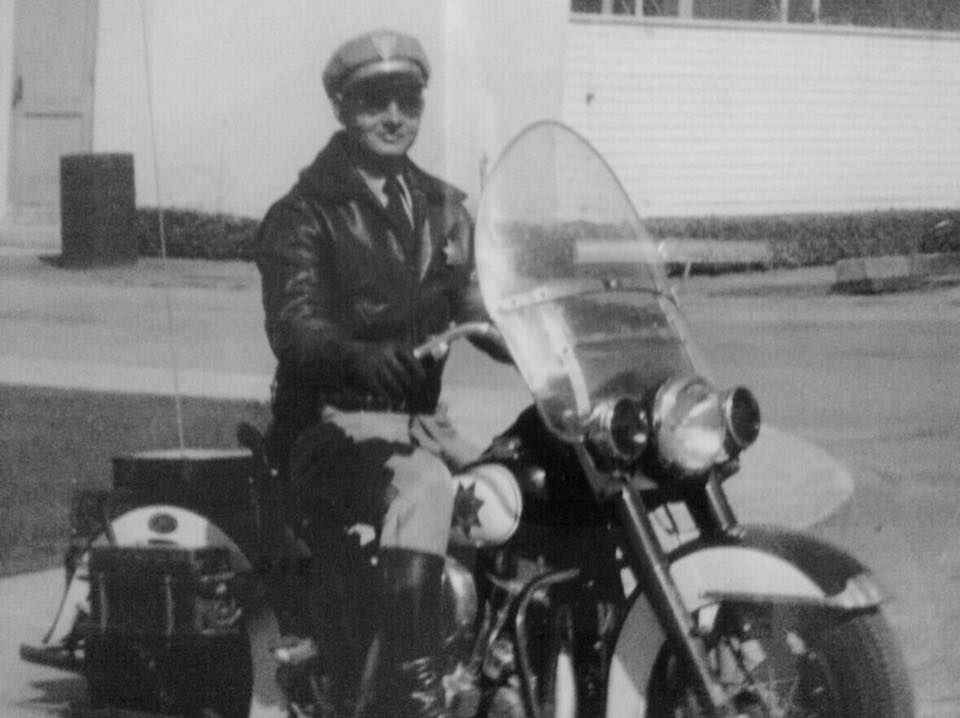
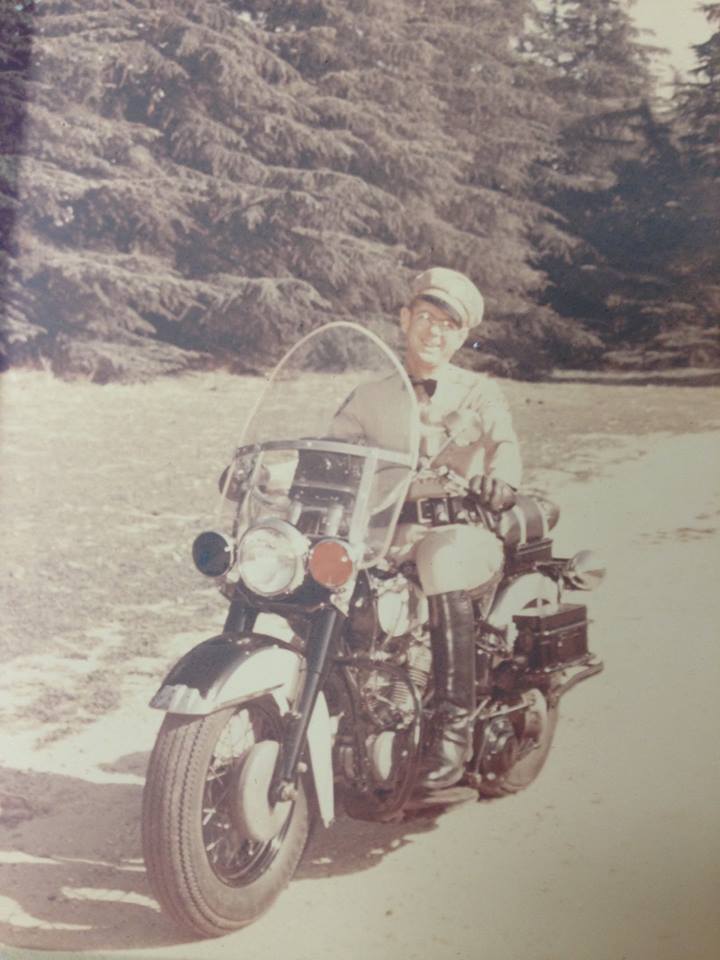
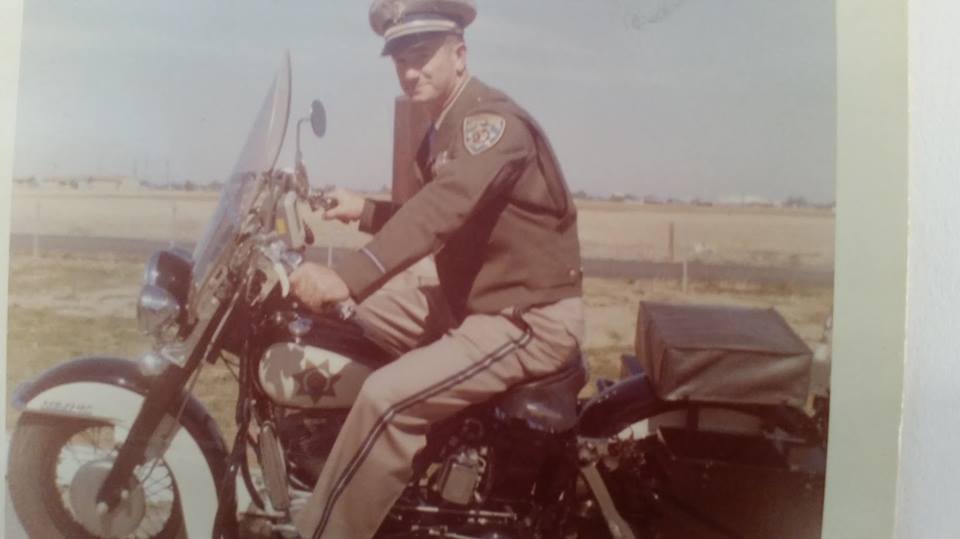
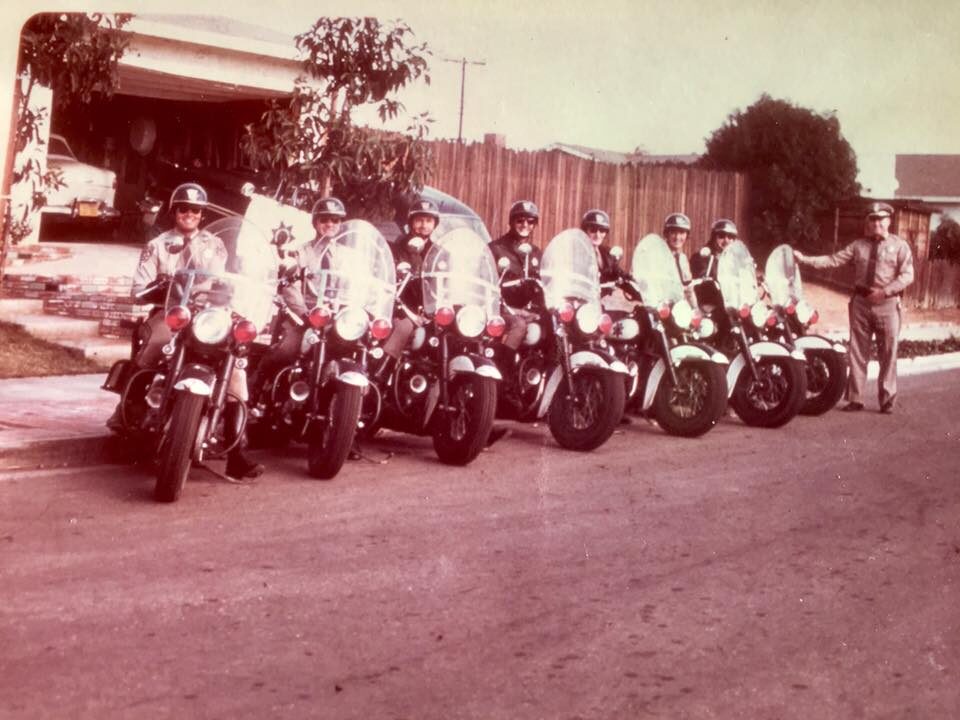
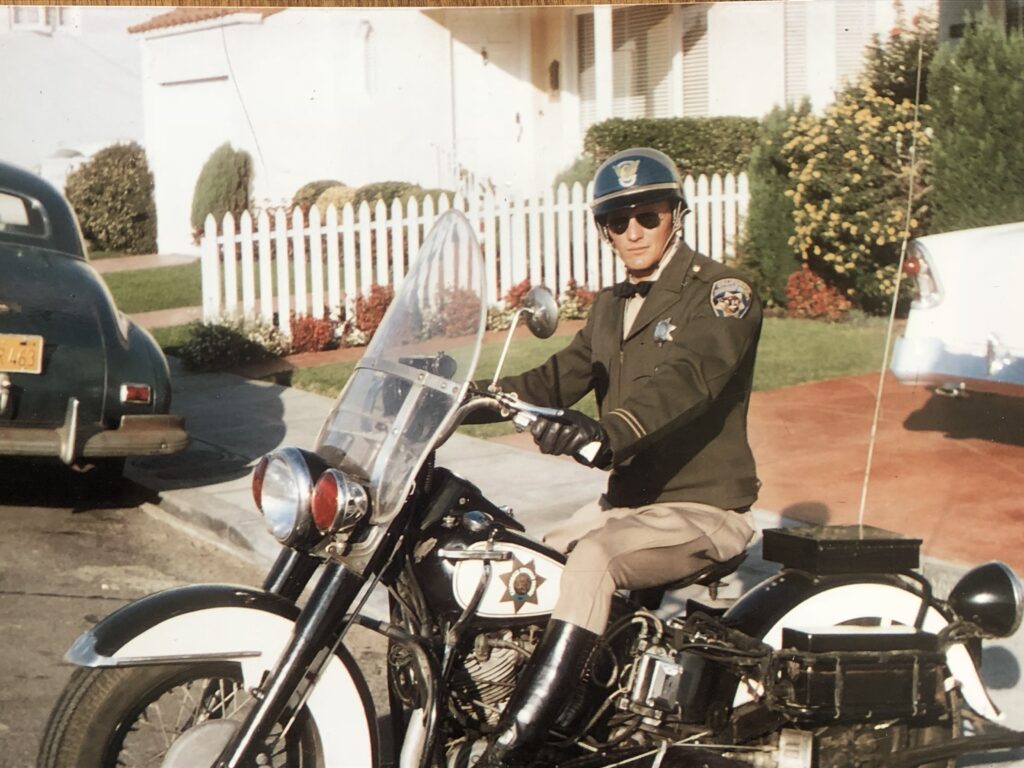

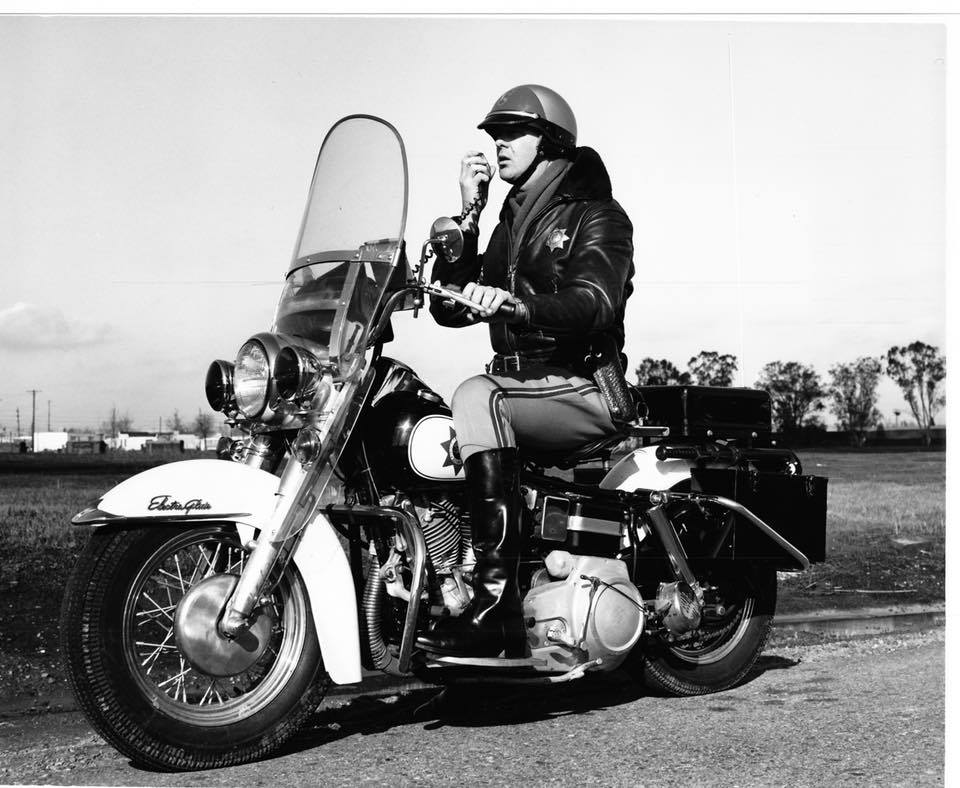
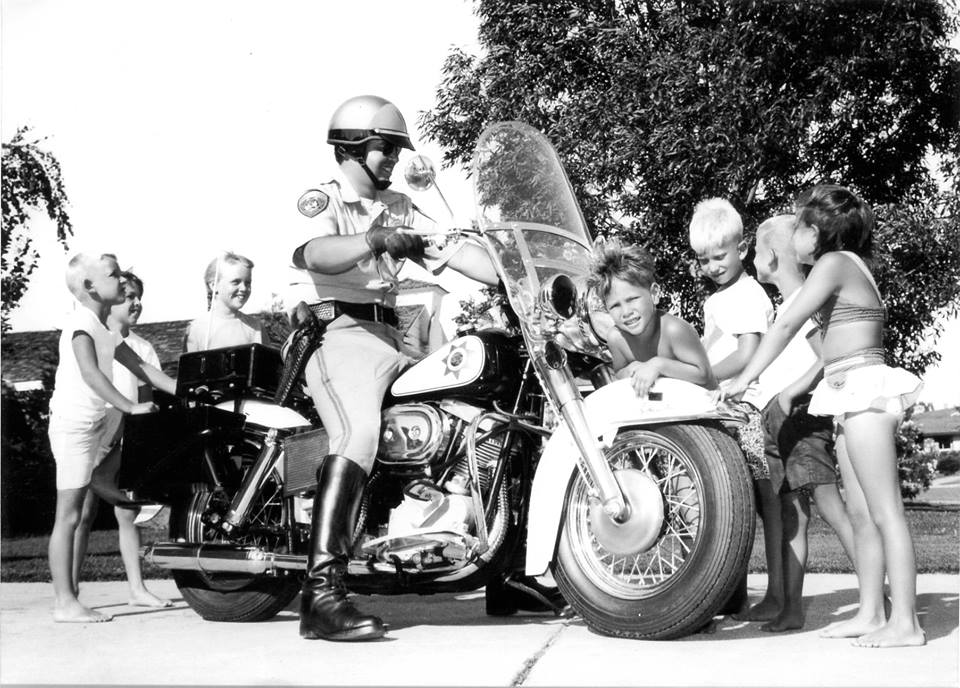
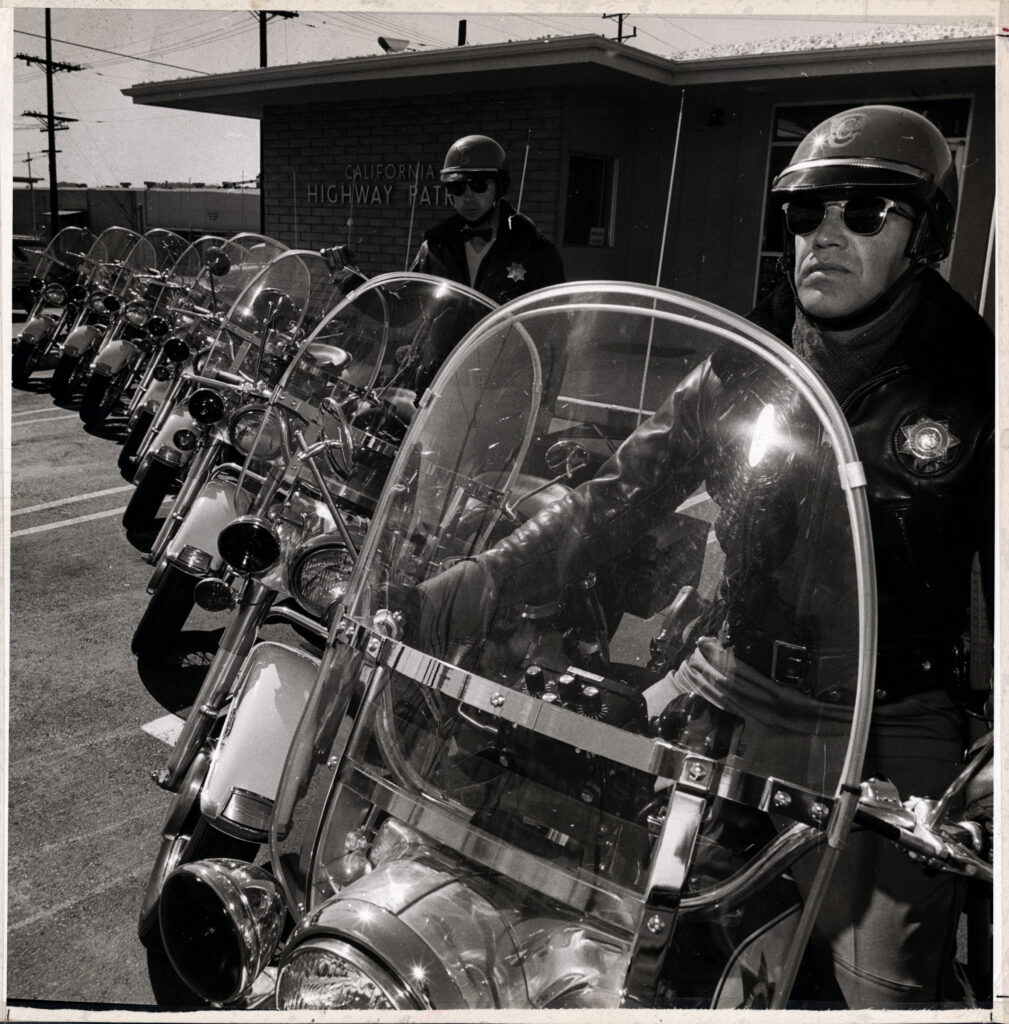
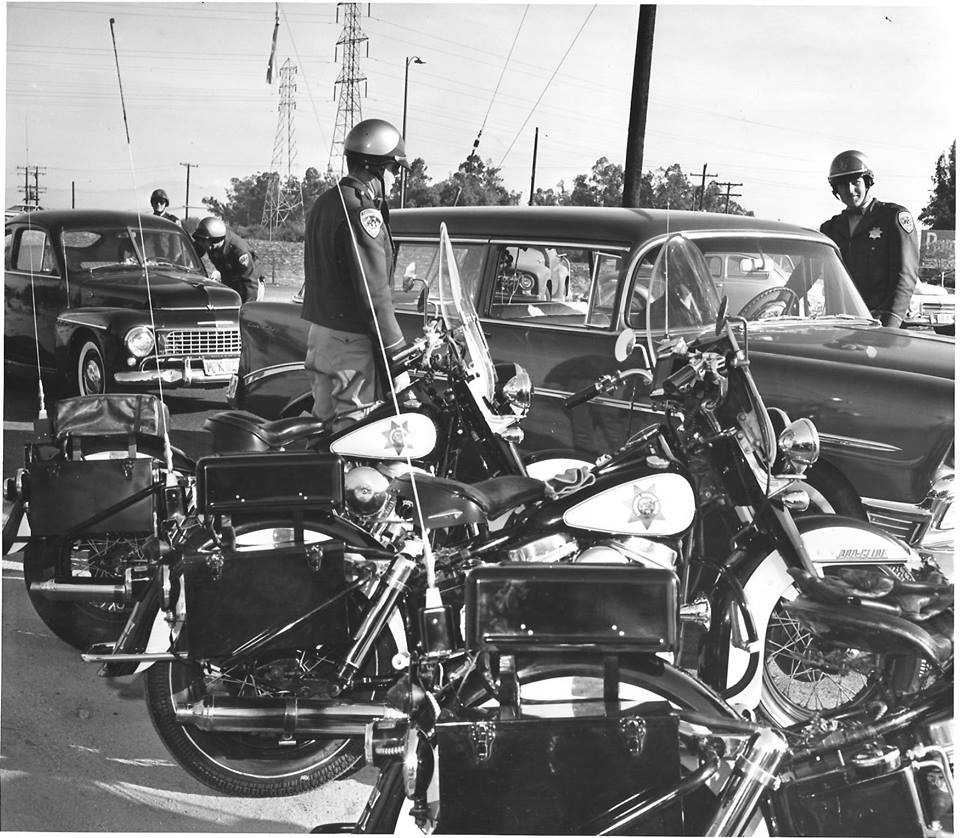
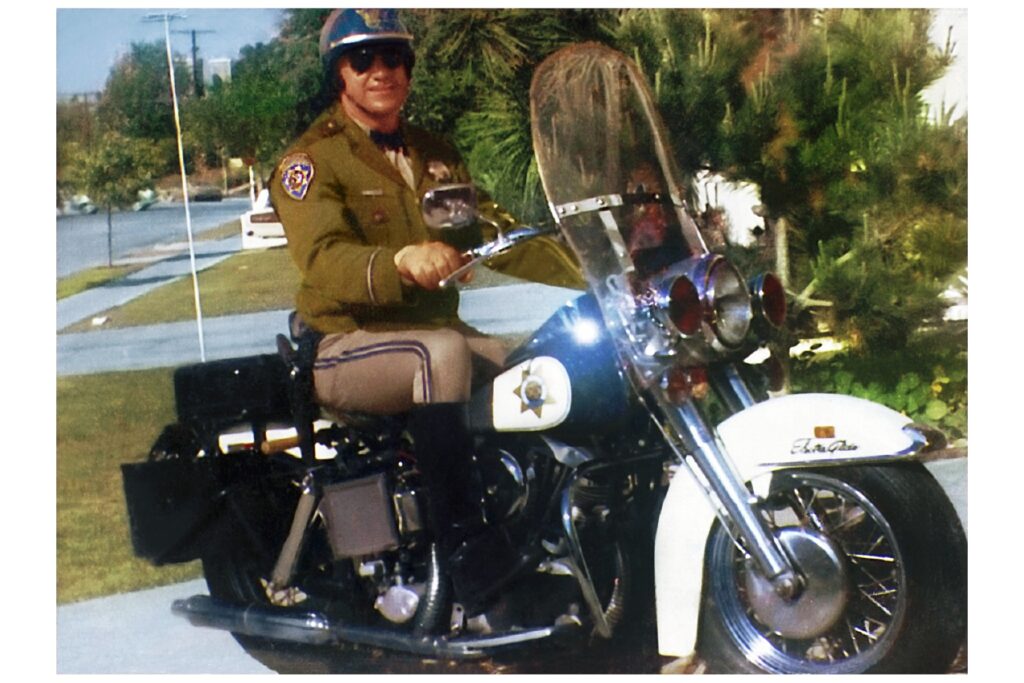
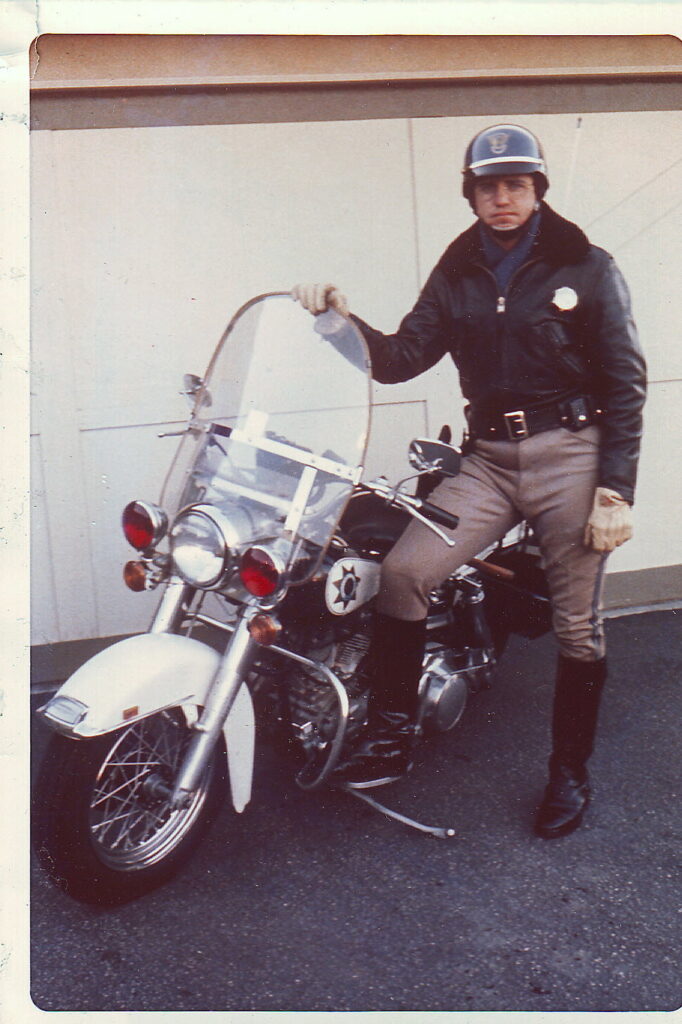
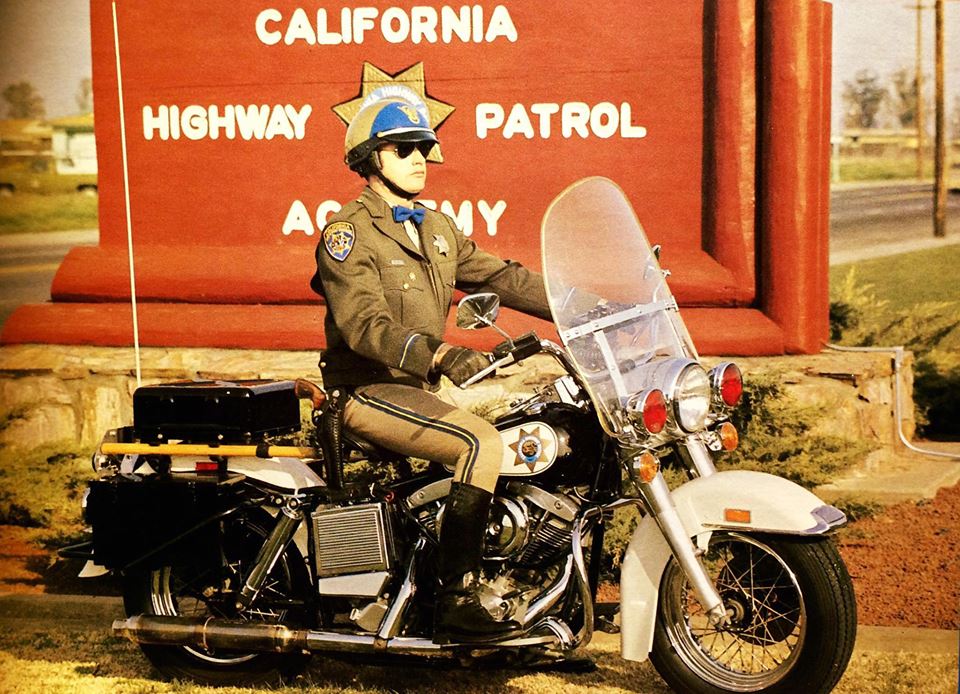
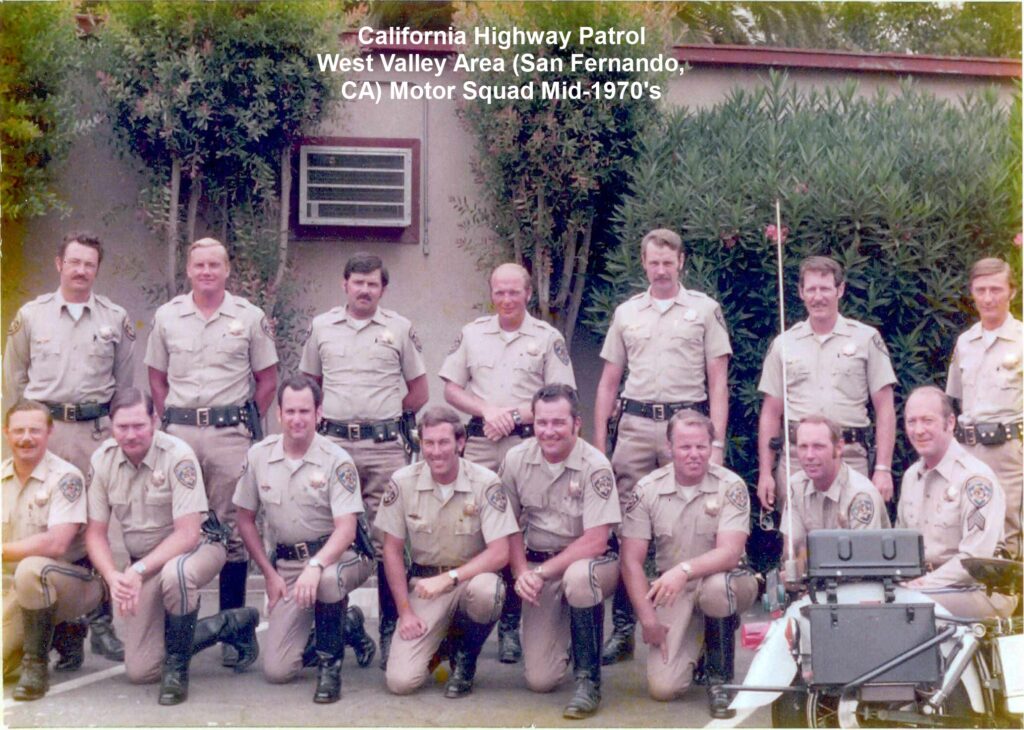
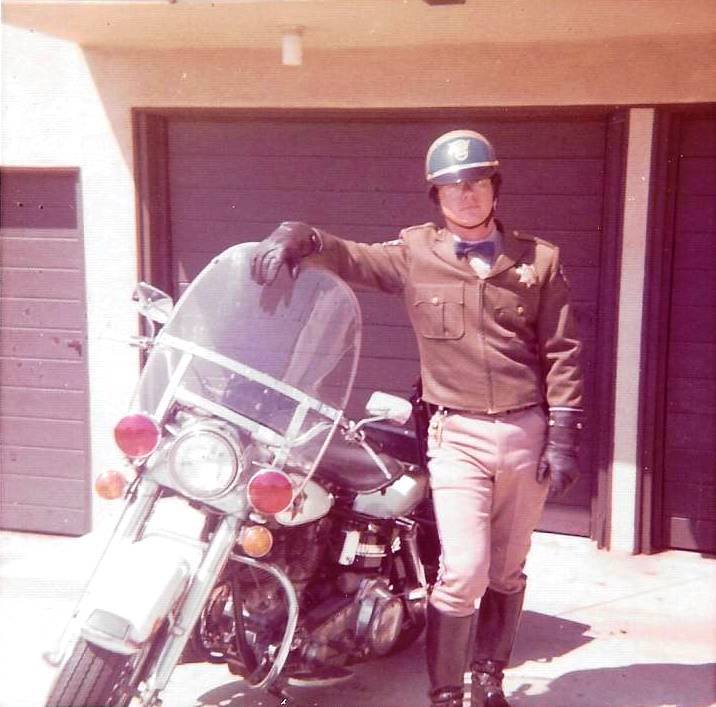
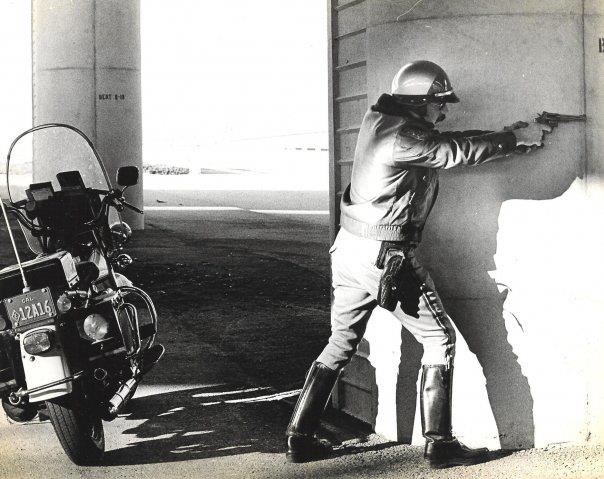
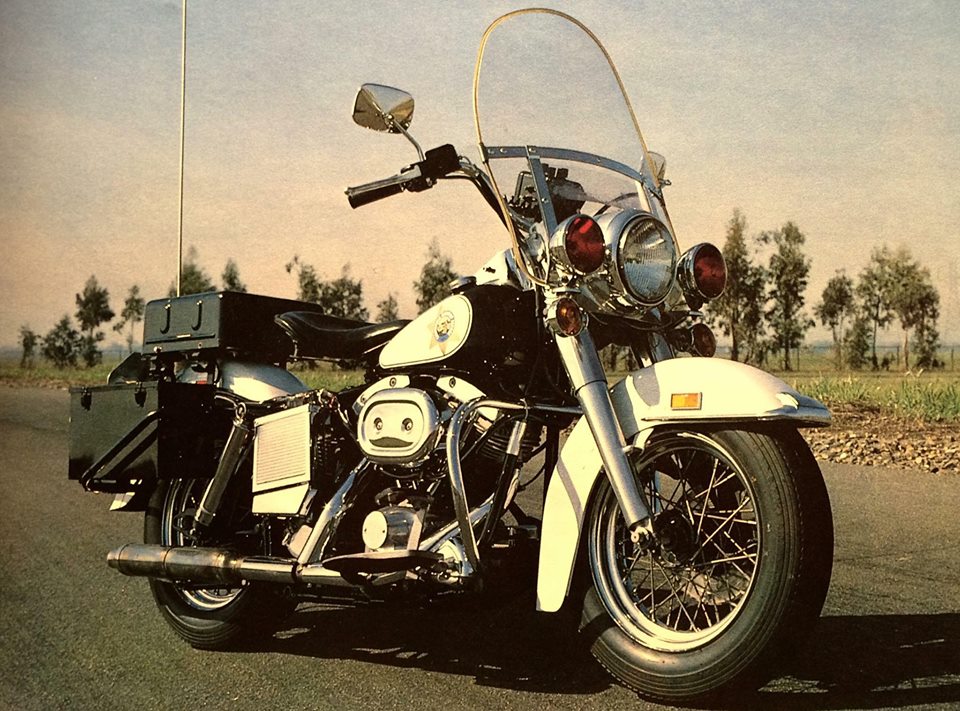
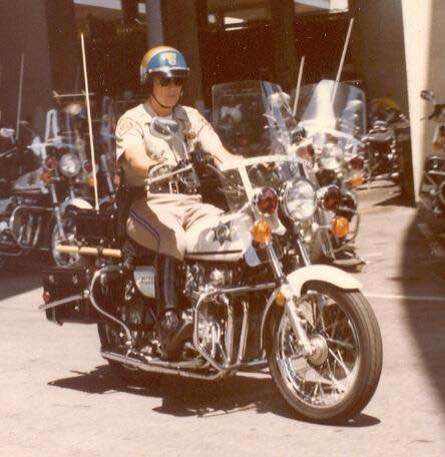

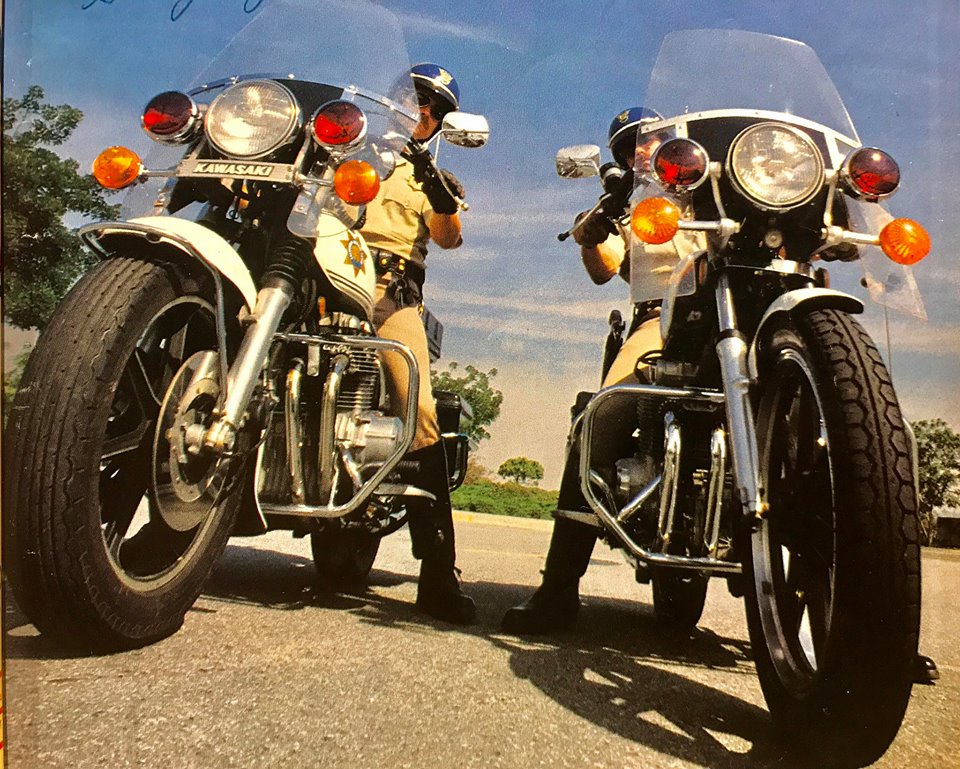
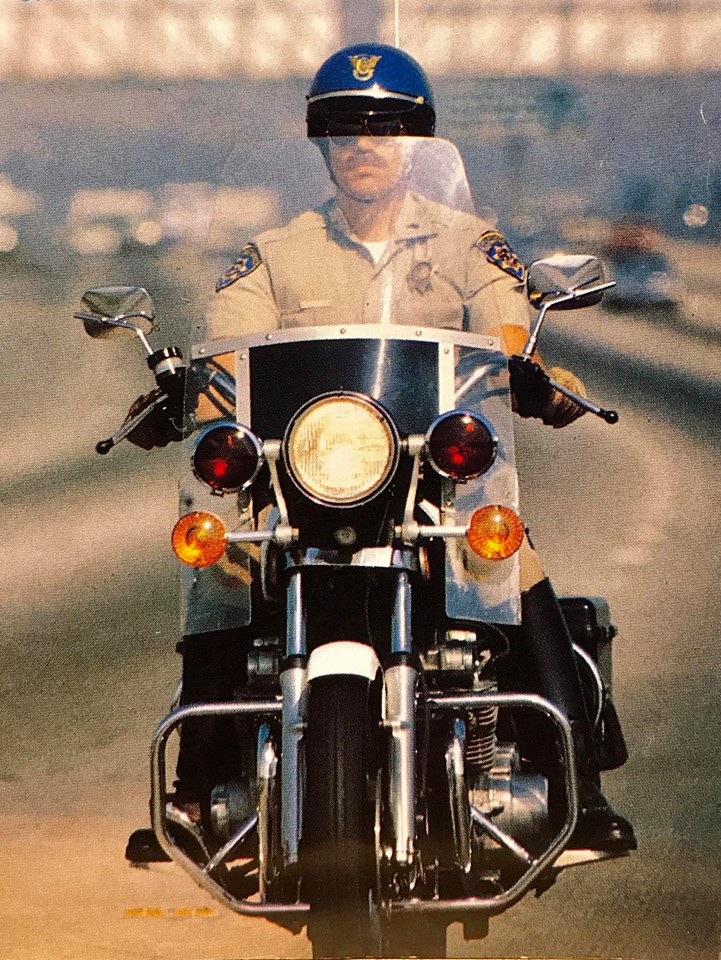
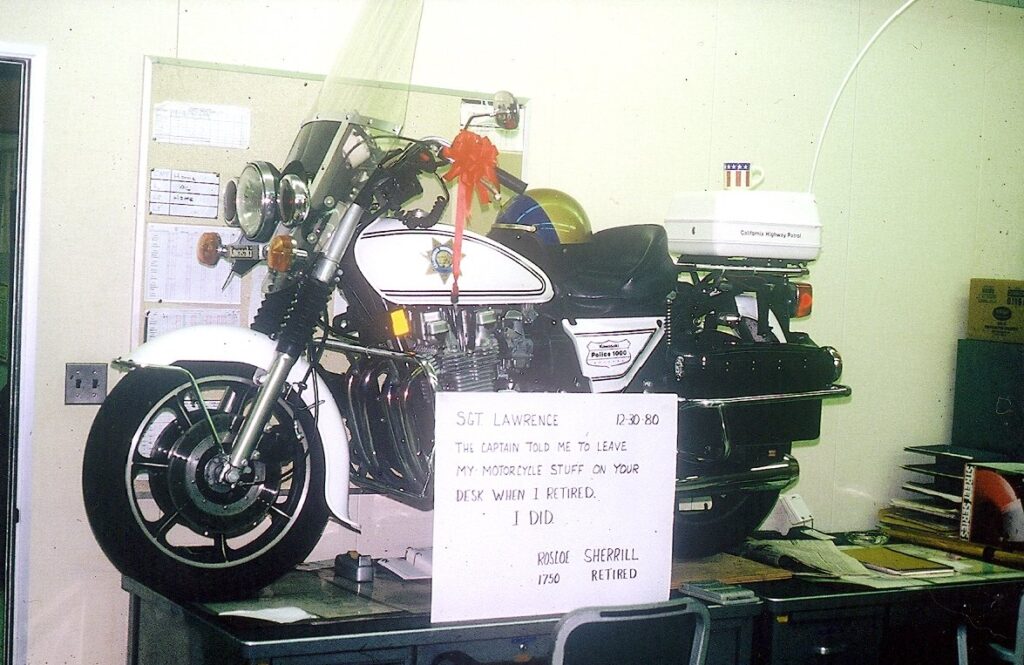
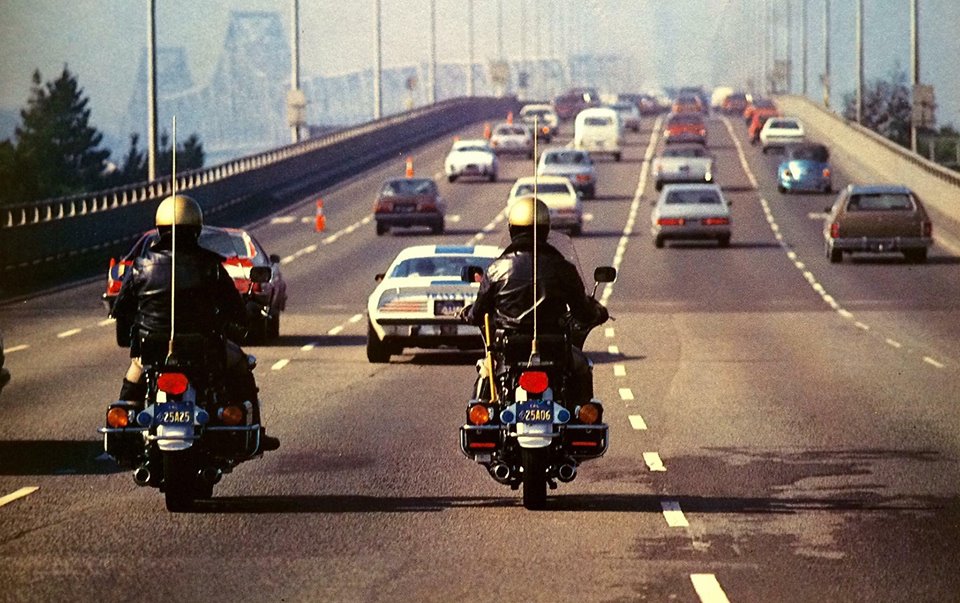

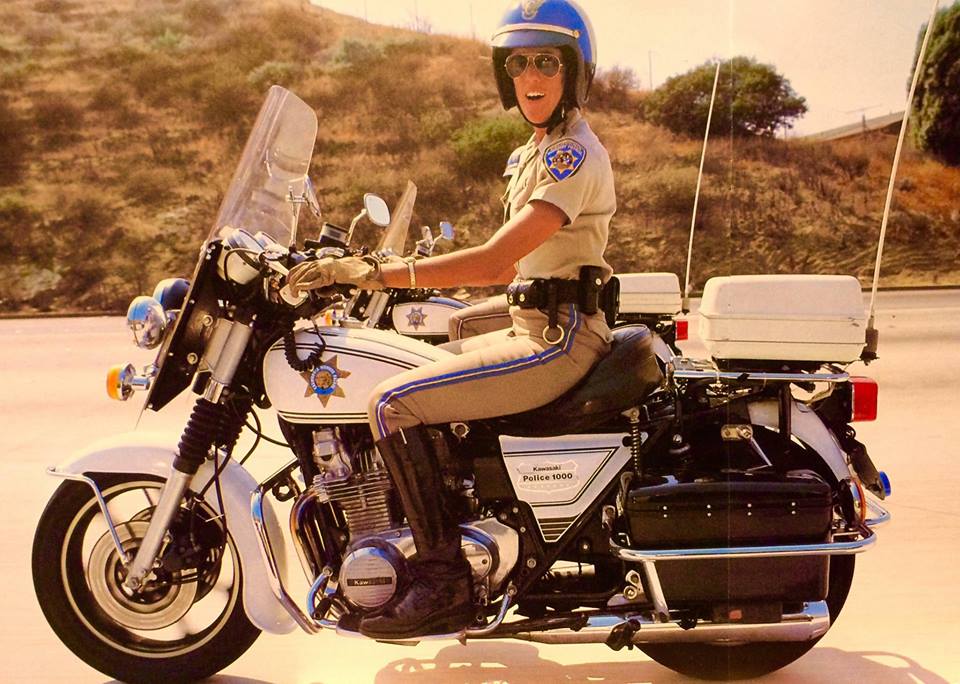
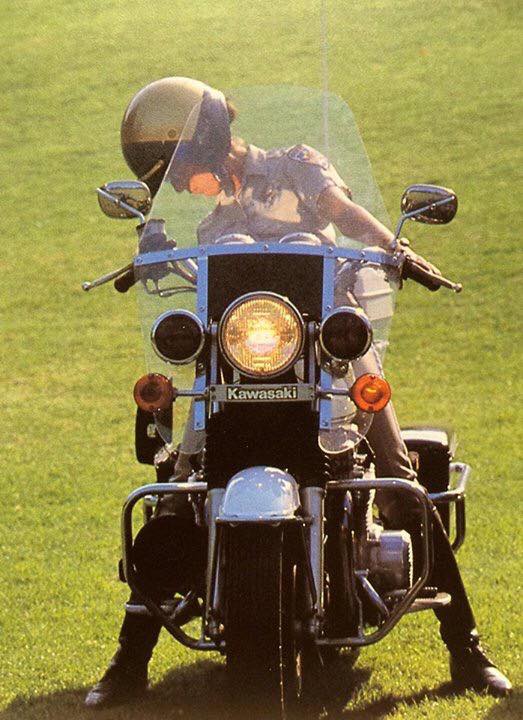
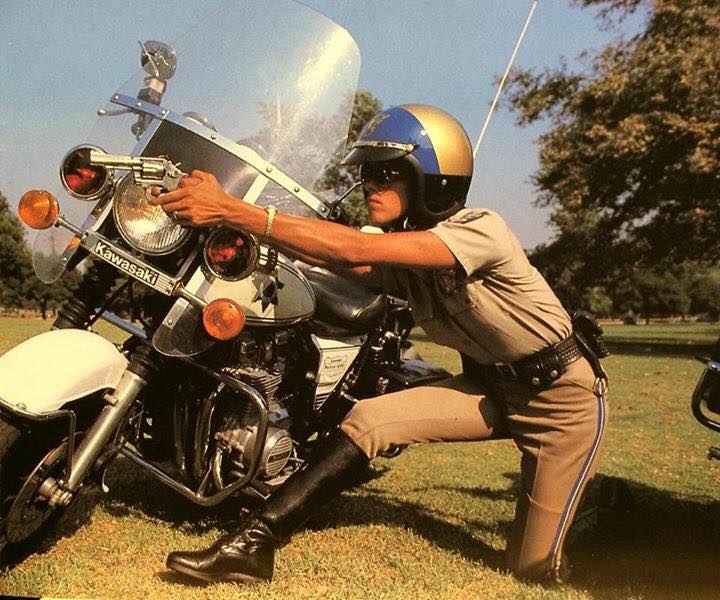
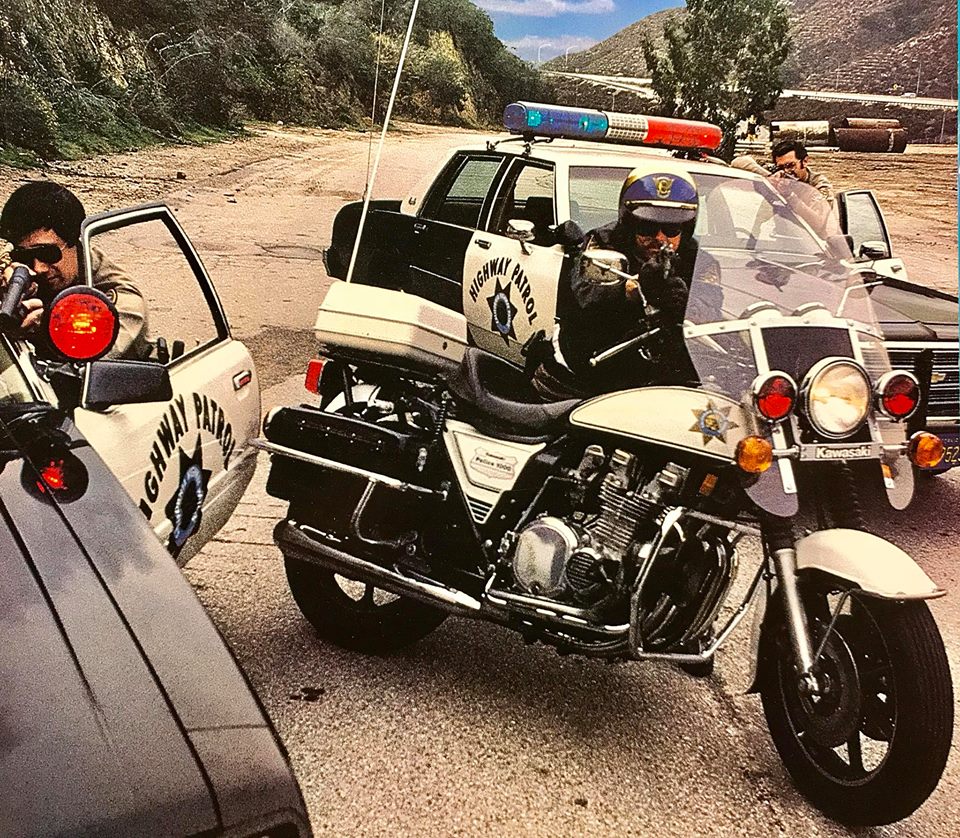
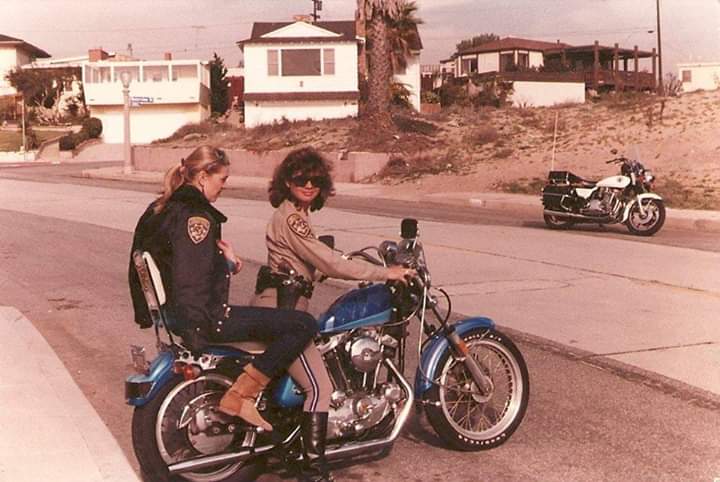
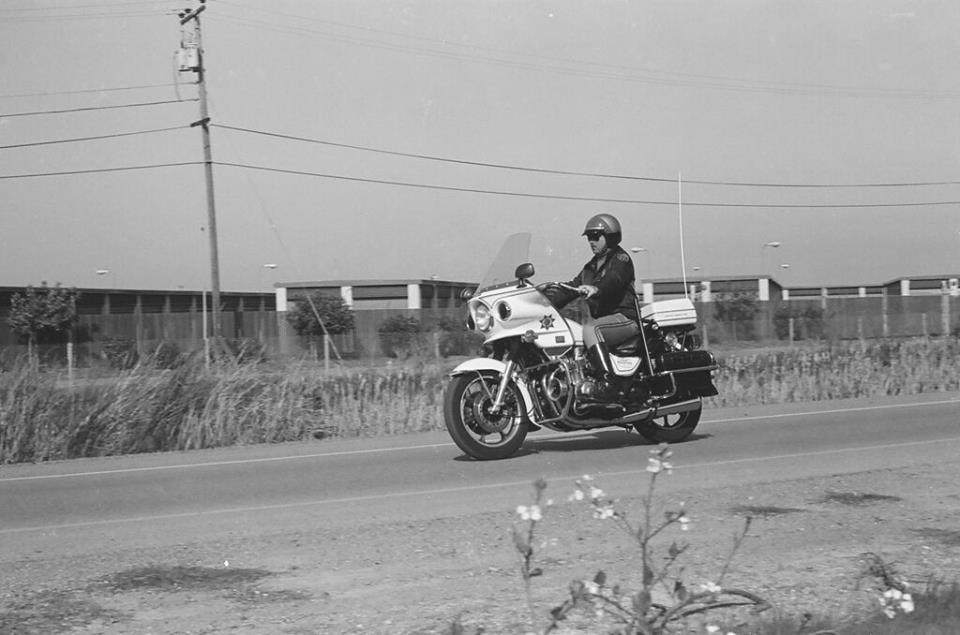
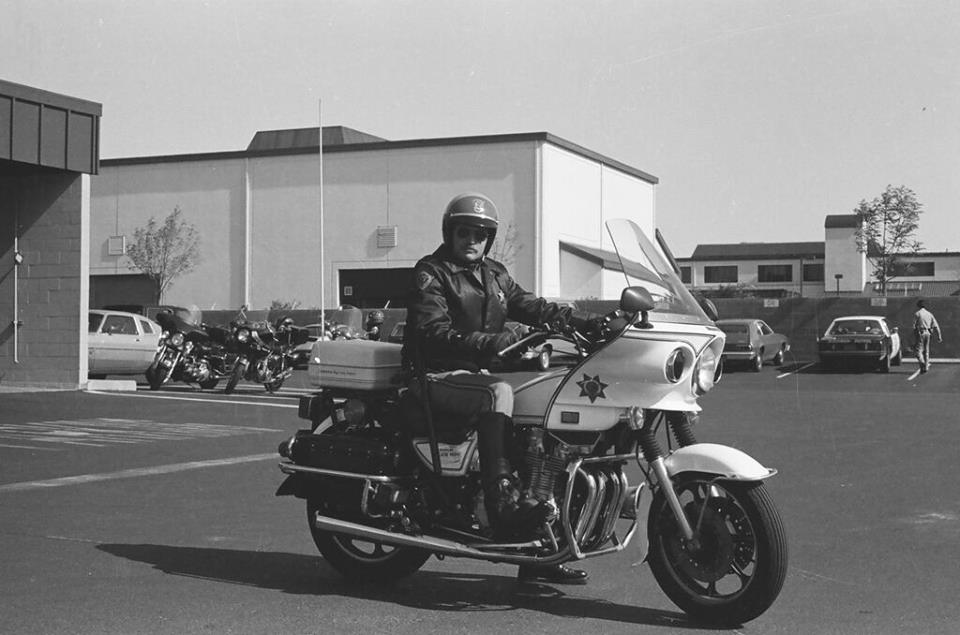
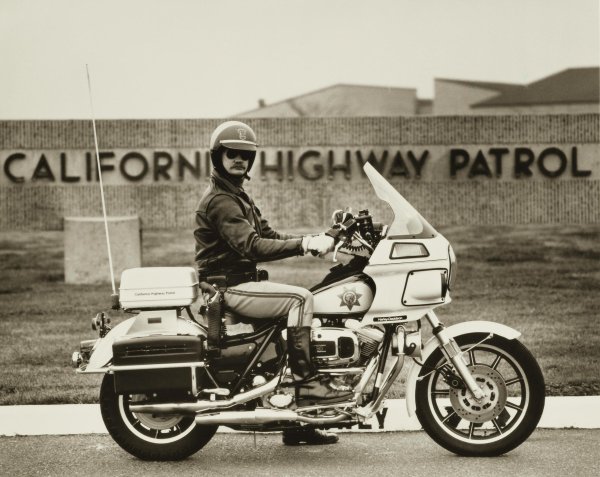
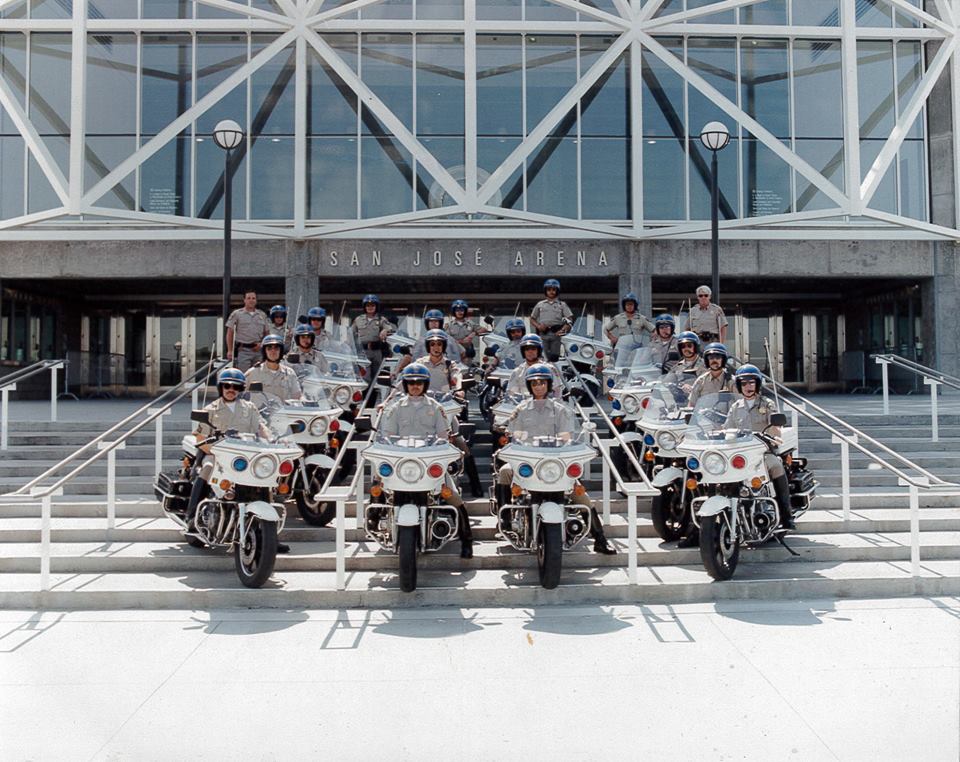
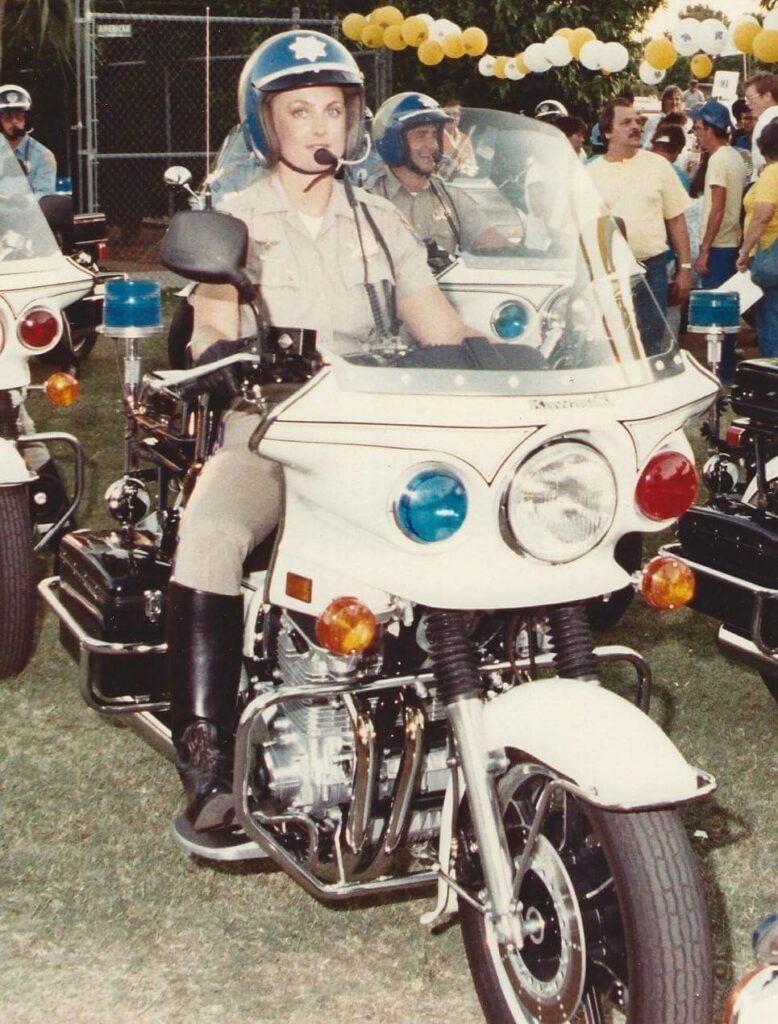
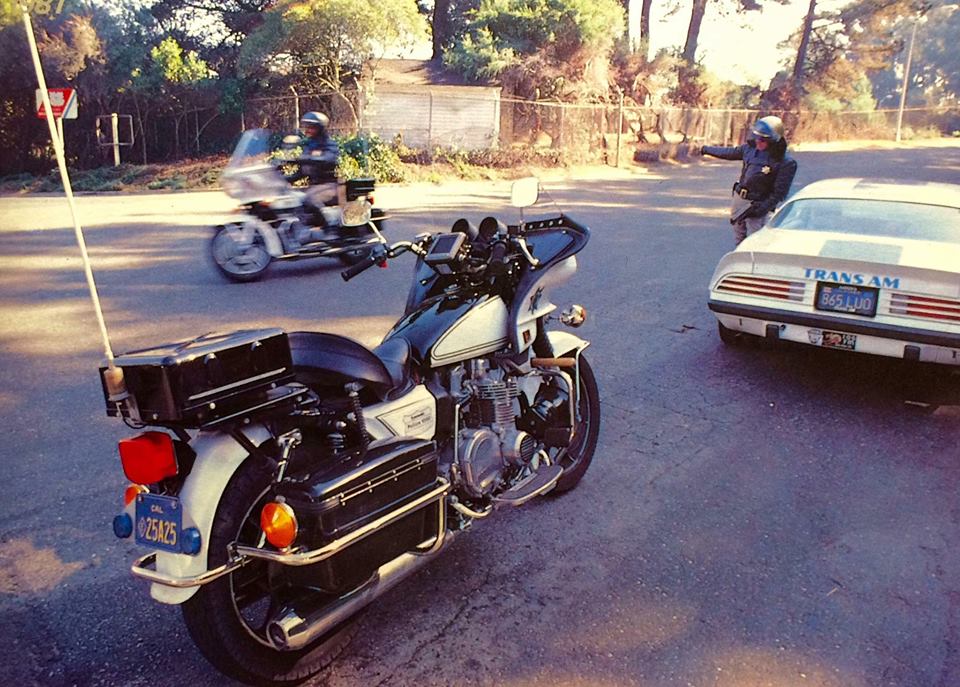
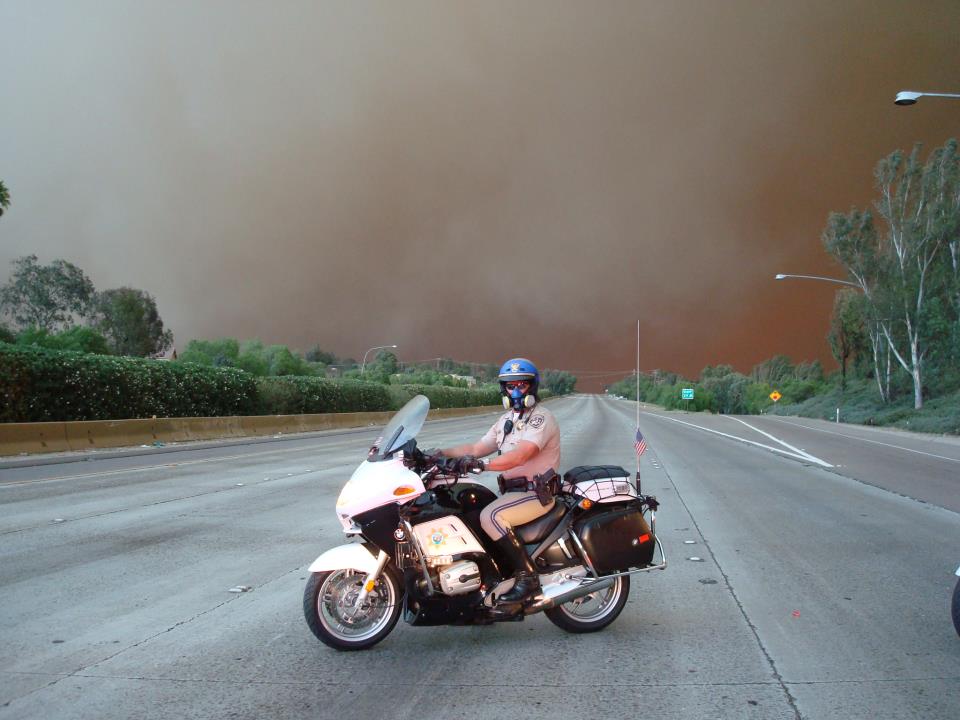
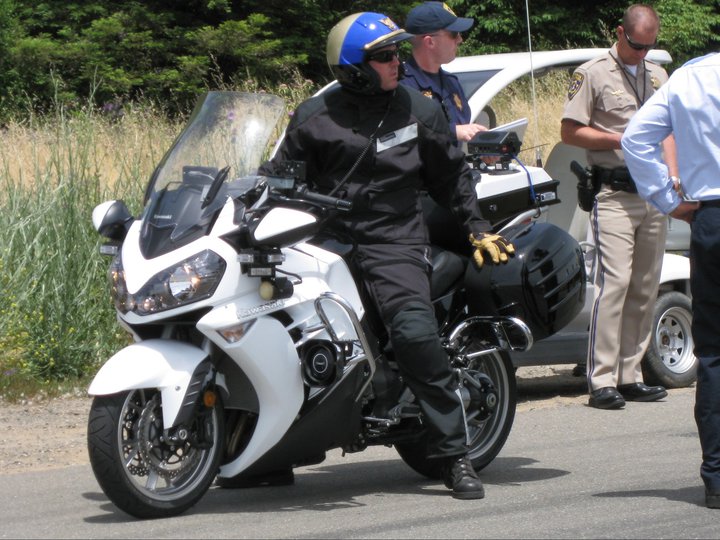
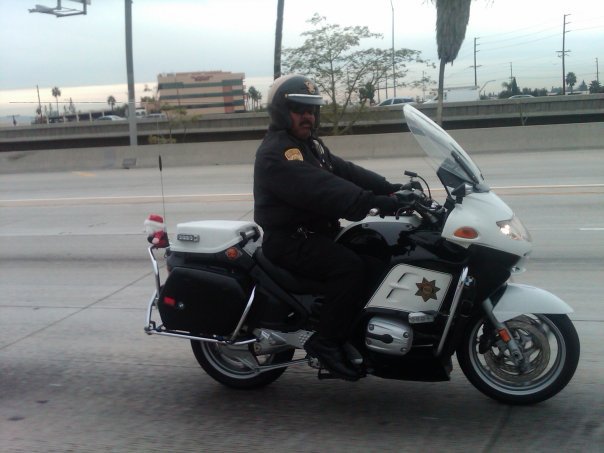
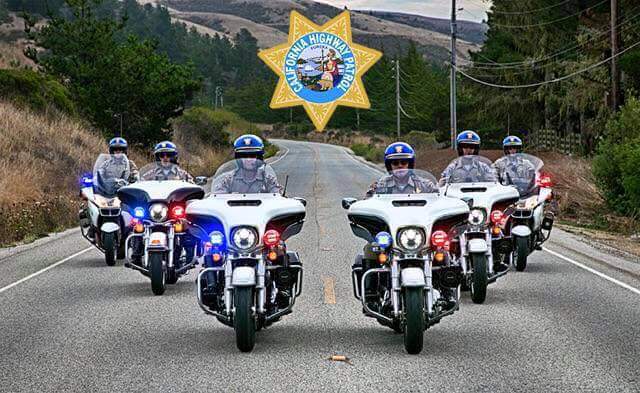
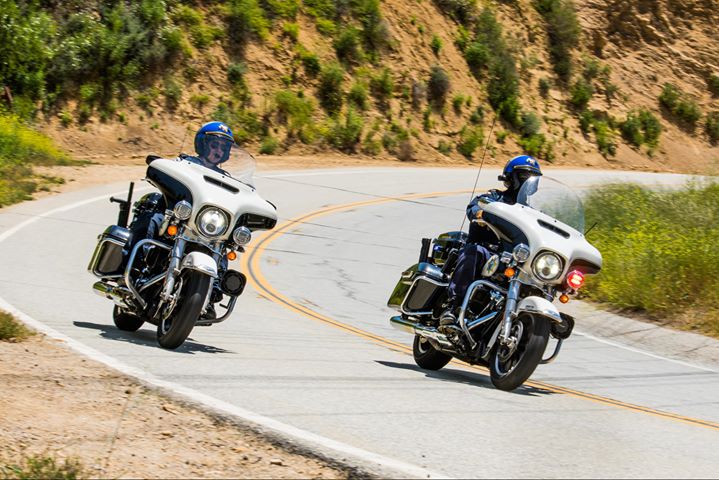
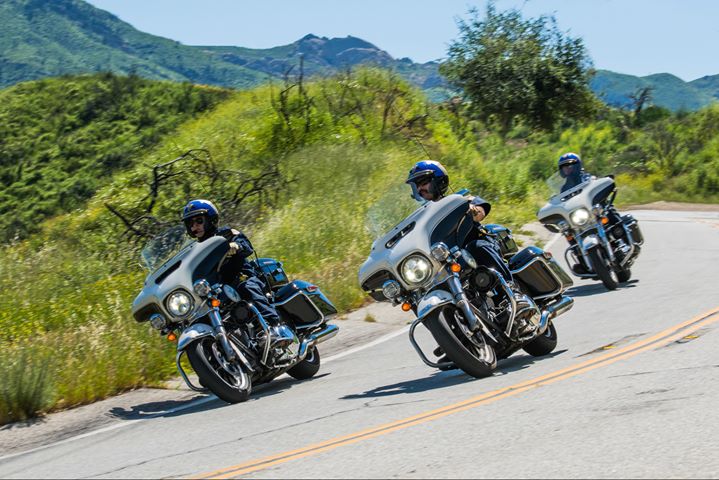
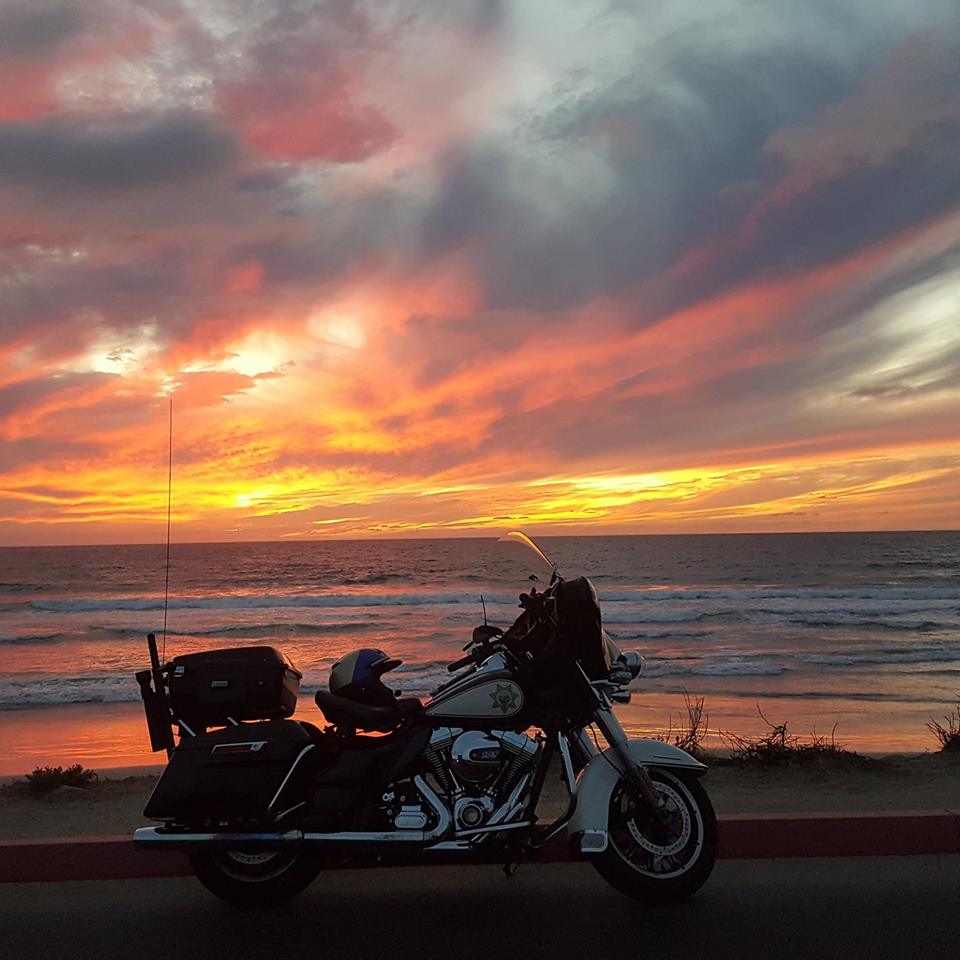
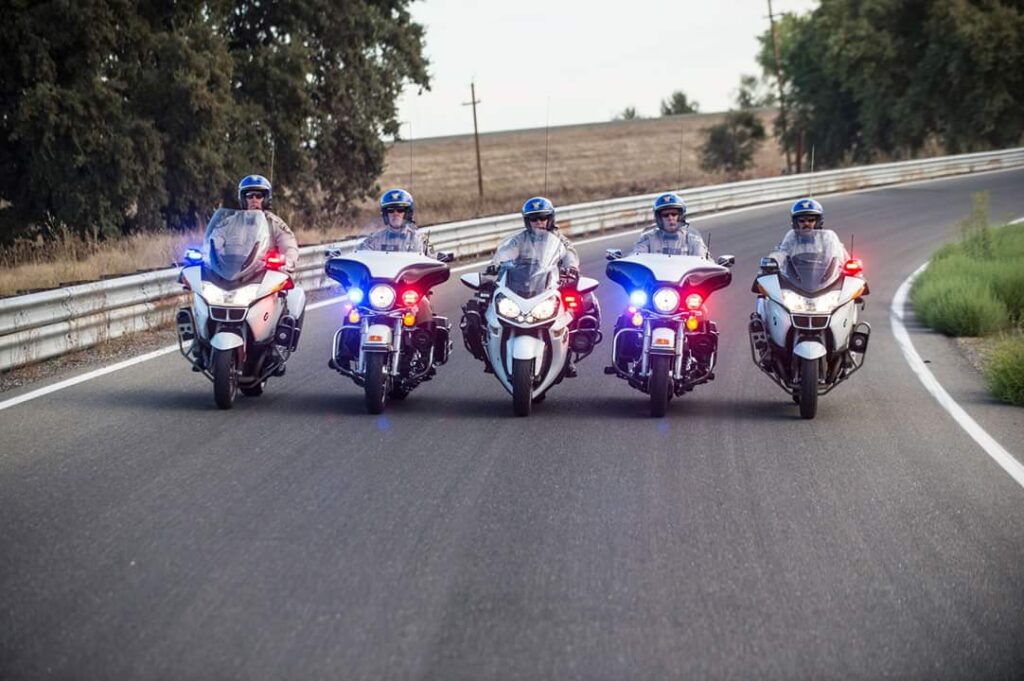
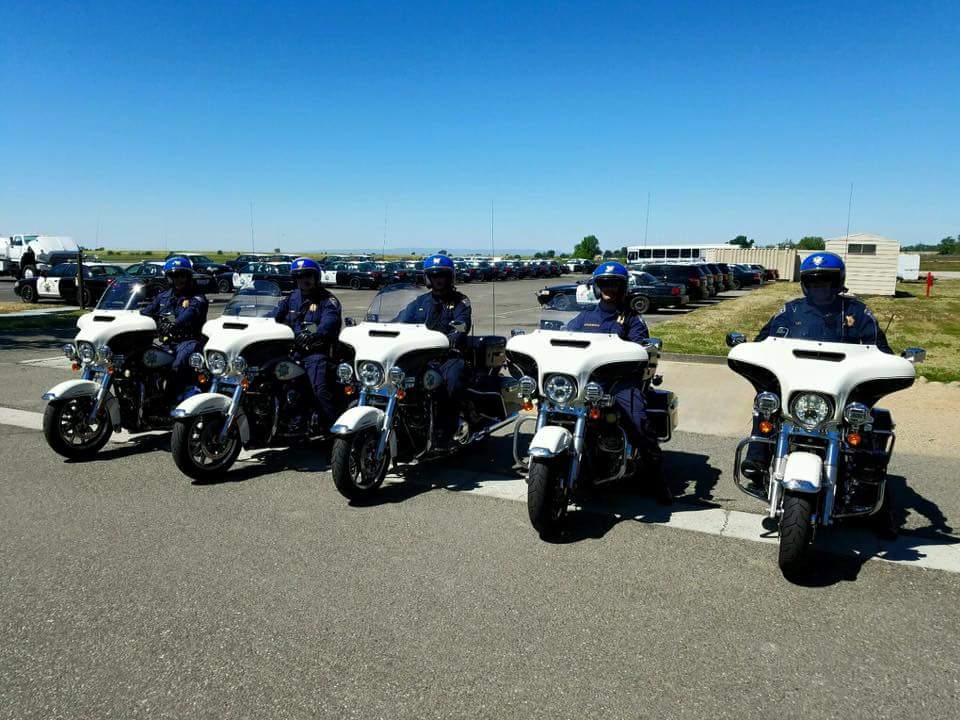

Information and Photos provided by Officers, Family Members and Collectors.
